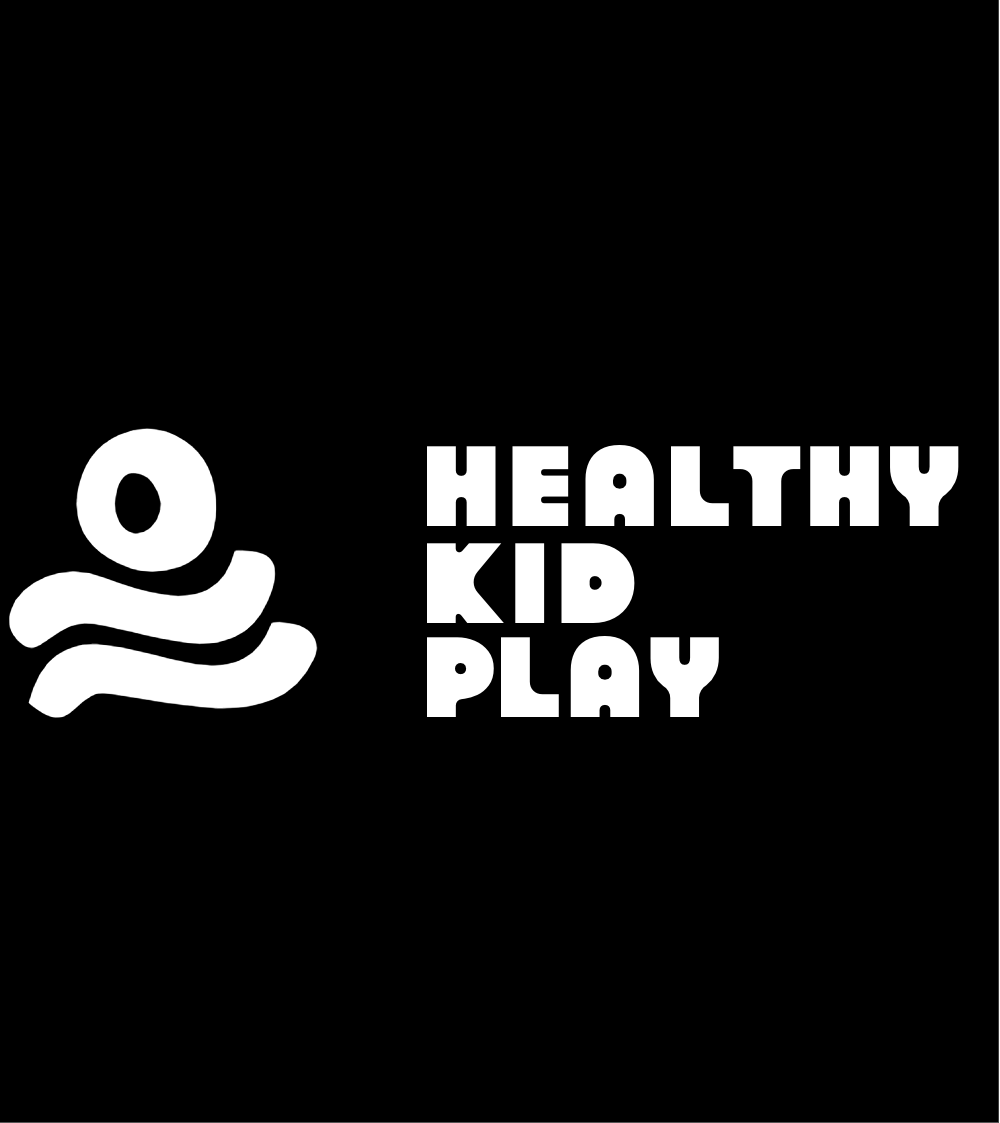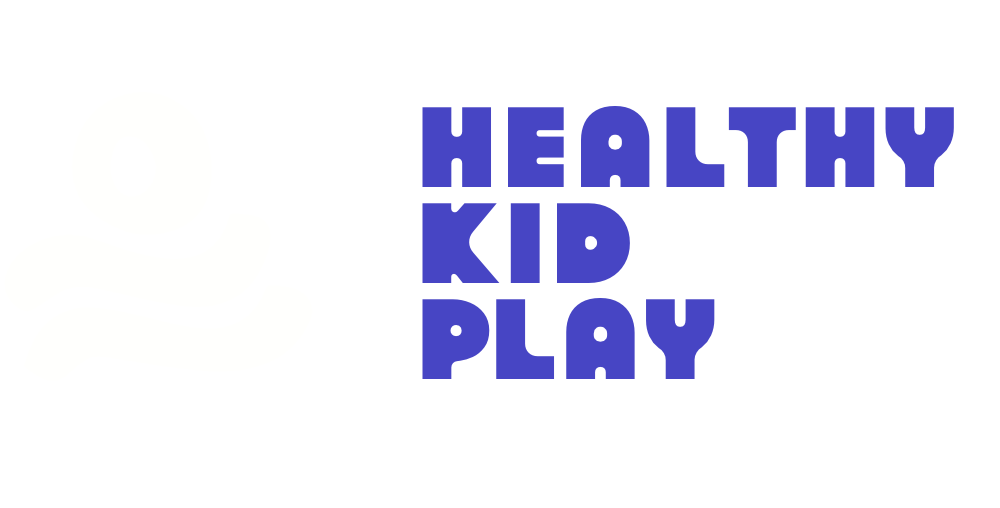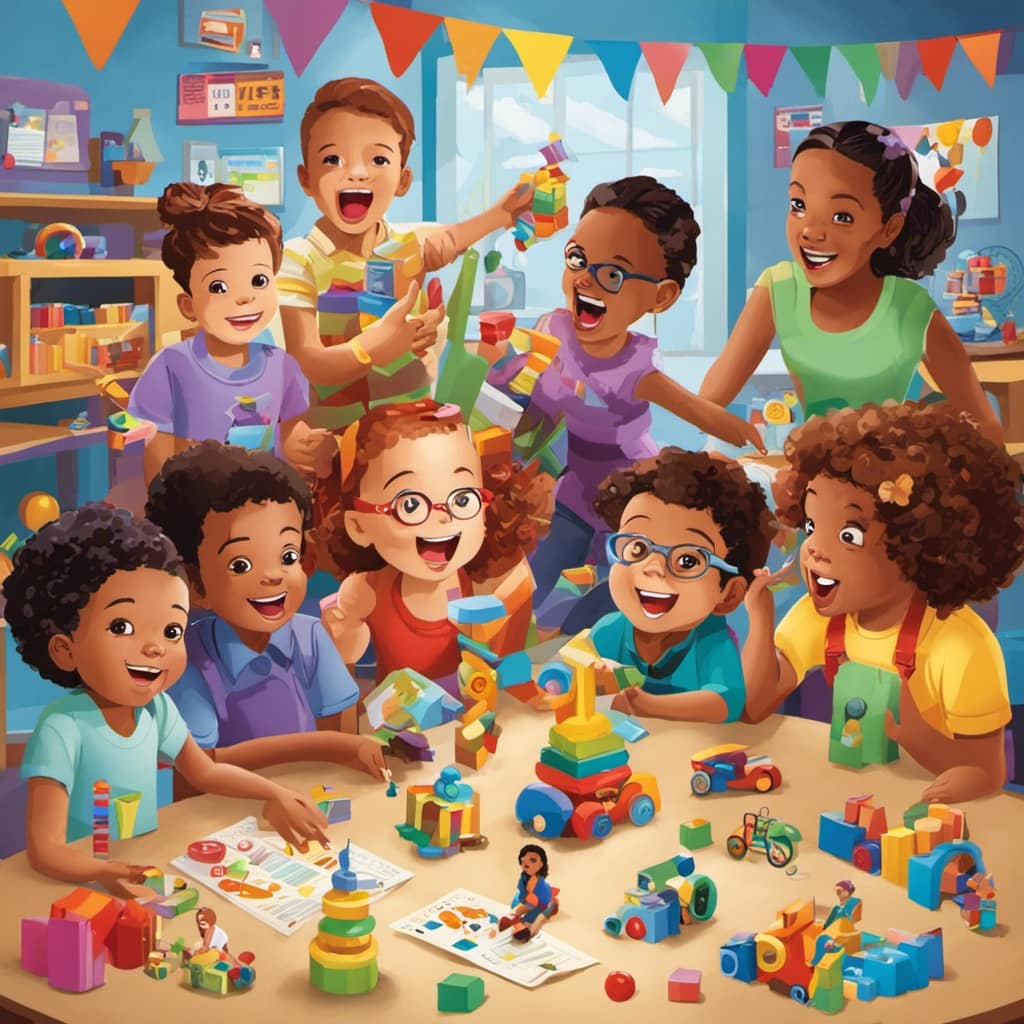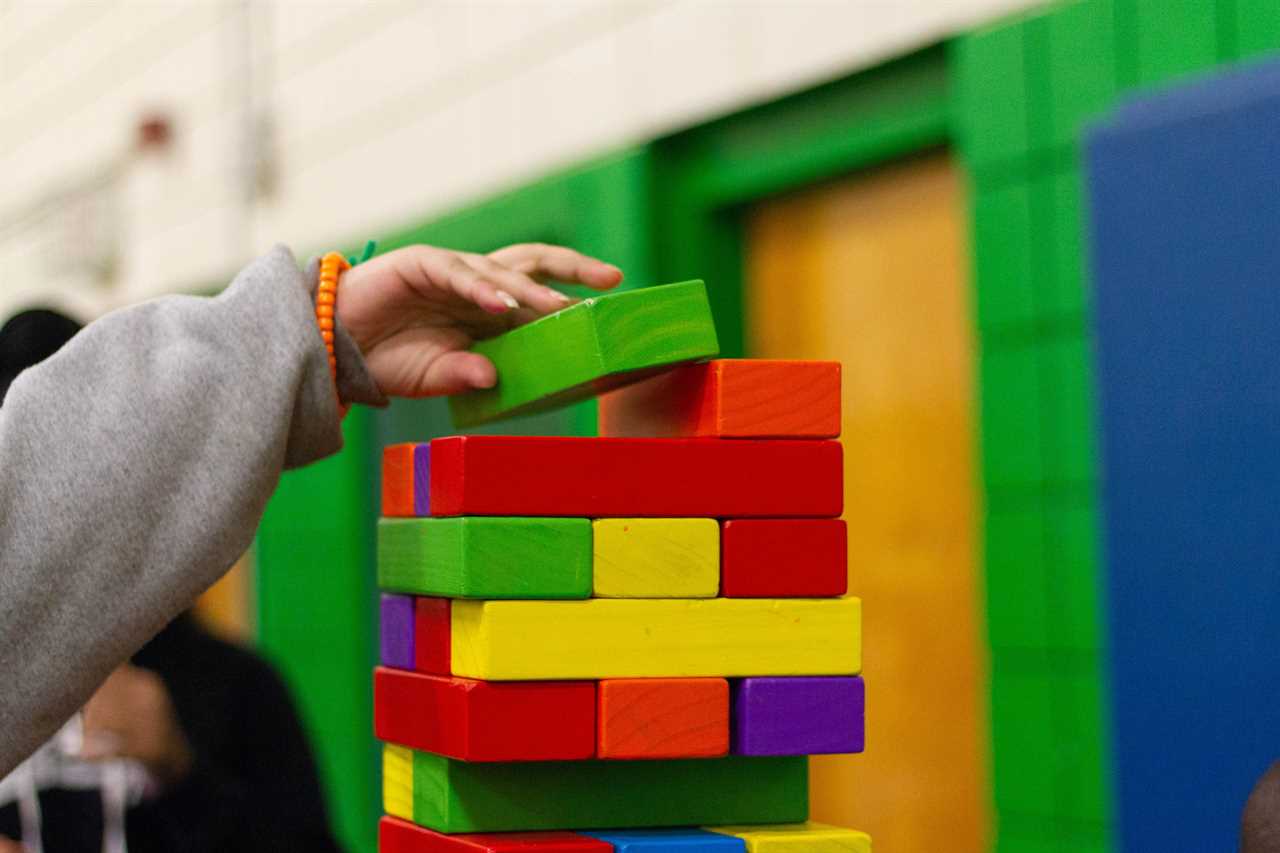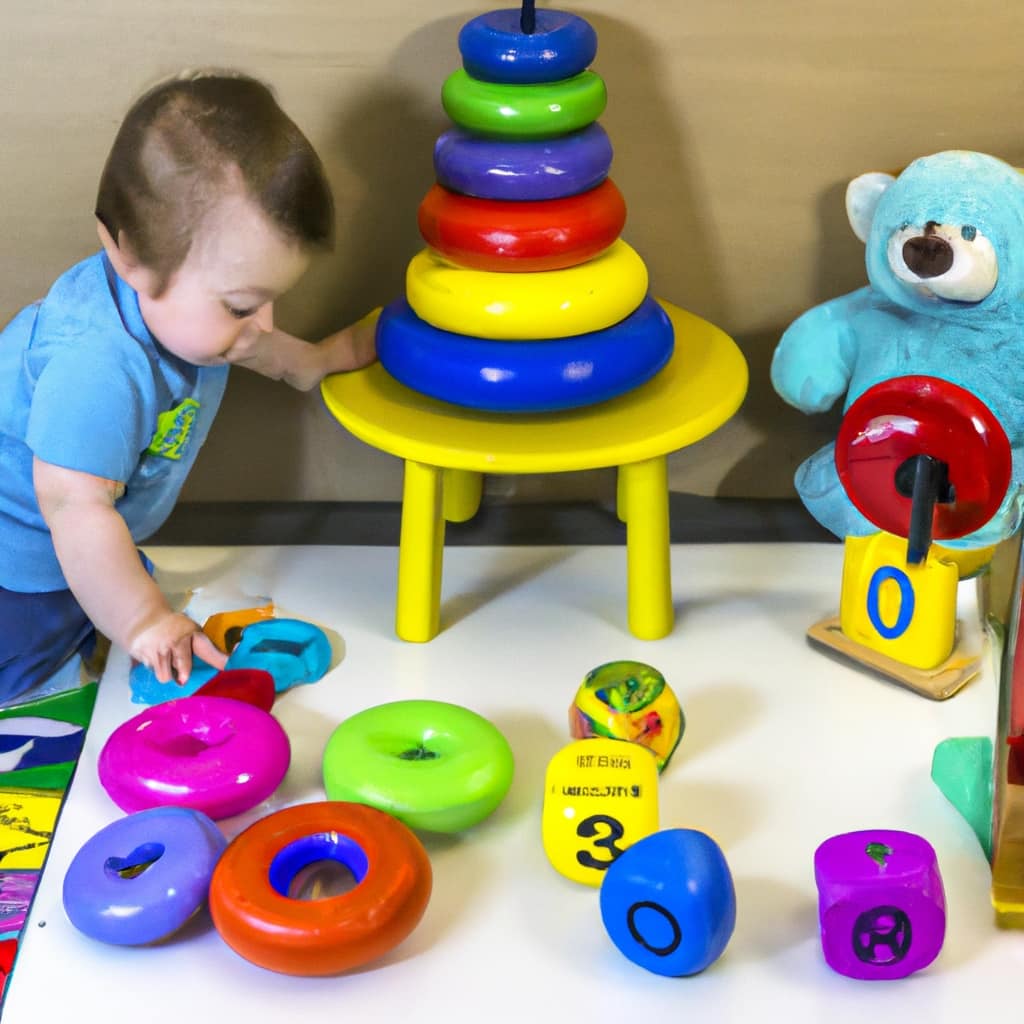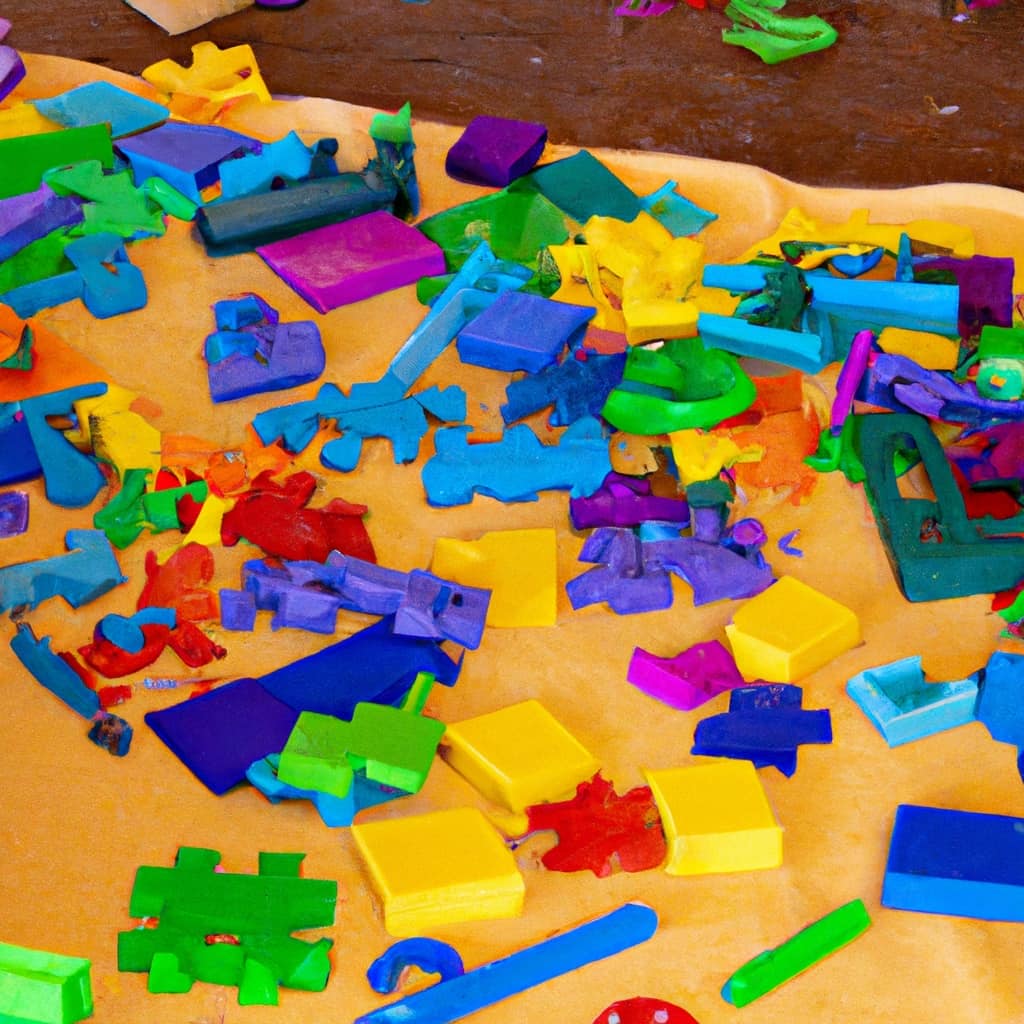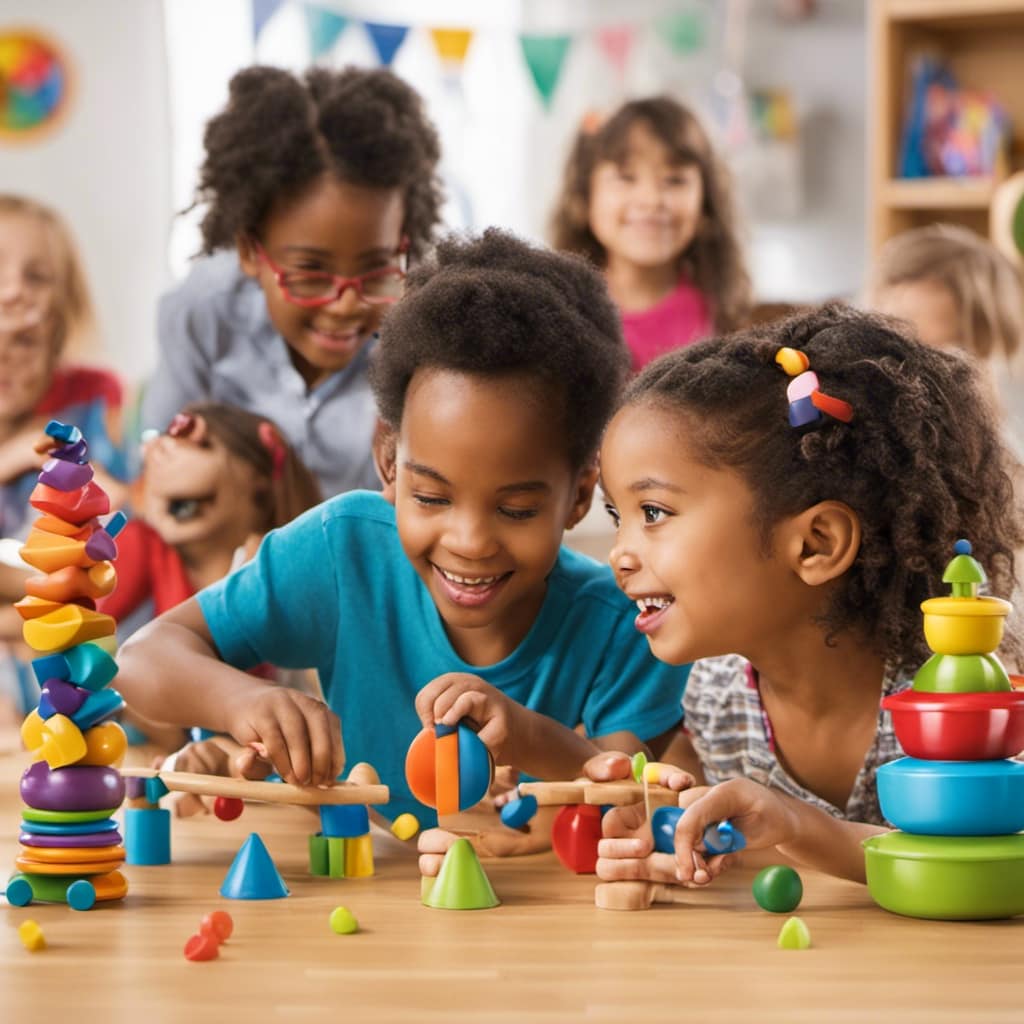Preschool Toys
The Importance of Regular Sanitization and Cleaning in a Preschool Classroom

As someone who teaches preschool, I recognize the importance of consistent cleaning and sanitization in creating a safe and healthy environment for our classrooms. It’s more than just preventing the spread of germs; it’s also about instilling in our young students the value of cleanliness and proper hygiene practices.
By using disinfectant wipes, multi-purpose cleaner, and microfiber cloths, we can ensure thorough sanitization. From wiping down surfaces to cleaning different types of toys, I’ll guide you through the step-by-step process to create a clean and welcoming learning space for our preschoolers.
Key Takeaways
- Regular sanitization prevents the spread of germs and reduces the risk of illnesses and infections among children.
- Proper hygiene practices help eliminate harmful bacteria and viruses on surfaces.
- It teaches children the importance of cleanliness and good hygiene habits.
- Using recommended cleaning supplies and techniques ensures thorough sanitization, creating a safe and clean environment.
The Benefits of Regular Sanitization in a Preschool Classroom
Regular sanitization in a preschool classroom is essential because it prevents the spread of germs and reduces the risk of illnesses and infections among the children. The importance of regular sanitization for child development cannot be overstated.
Research has shown that a clean classroom environment has long-term effects on the overall health and well-being of young children. When children are exposed to a clean and hygienic environment, they are less likely to get sick, which means fewer missed days of school and more time for learning and development.
Additionally, regular sanitization teaches children the importance of cleanliness and good hygiene habits, which they can carry with them into adulthood. By maintaining a clean classroom, we are providing a safe and healthy space for children to grow, learn, and thrive.
The Impact of Proper Cleaning on Children’s Health
As a teacher, I’ve seen firsthand how proper cleaning practices positively impact the health of children. It’s crucial to maintain a clean and healthy learning environment for preschoolers, and parents play a significant role in achieving this.
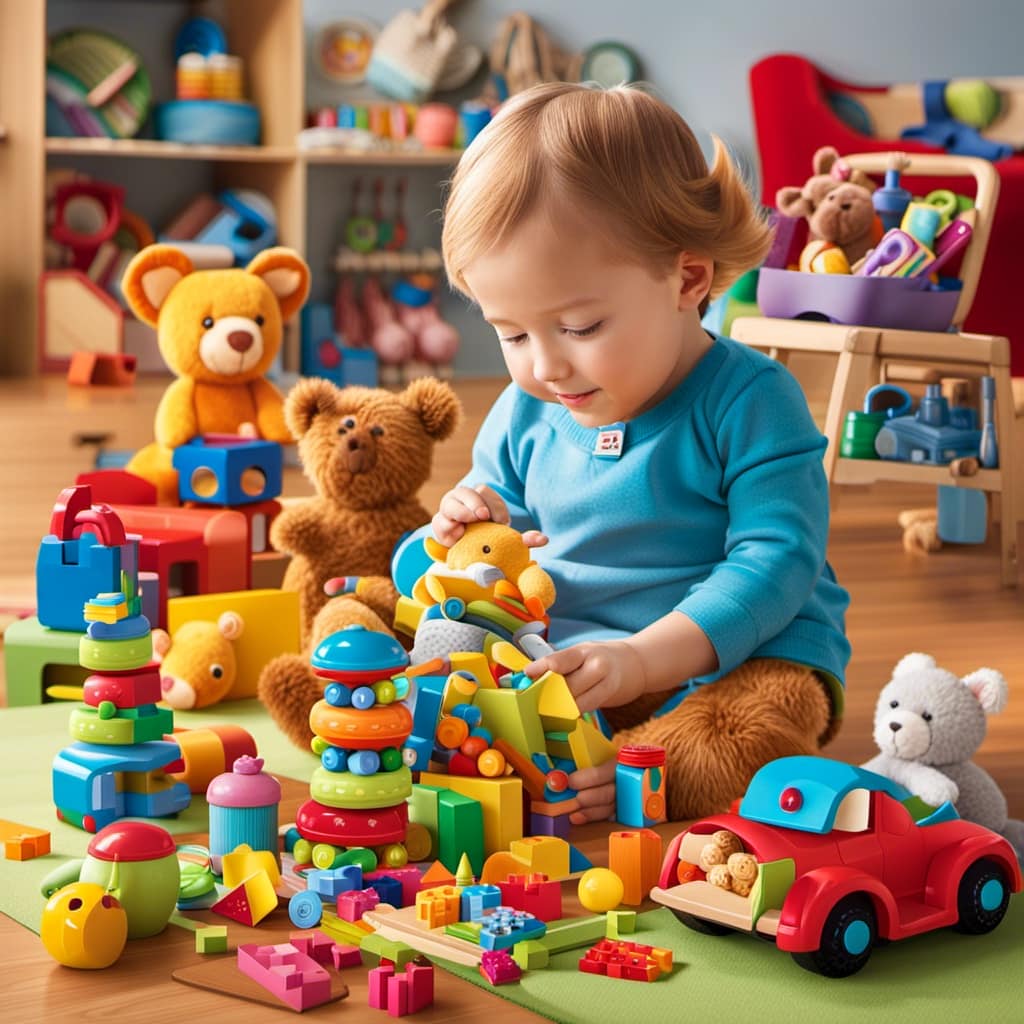
Here are three key points to consider:
-
Regular cleaning and sanitization prevent the spread of germs and reduce the risk of illnesses among children.
-
Proper cleaning techniques teach children the importance of cleanliness and good hygiene habits.
-
Parents can contribute by reinforcing these practices at home and ensuring that their children’s belongings, such as toys and backpacks, are regularly cleaned and sanitized.
Recommended Cleaning Products for a Safe Classroom Environment
Using disinfectant wipes and a multi-purpose cleaner, I can ensure a safe and clean environment in my classroom. Implementing a regular cleaning schedule is crucial for maintaining the cleanliness and hygiene of the space where children spend a significant amount of time.
By using eco-friendly cleaning products, I not only protect the health of my students but also contribute to a healthier planet. Eco-friendly cleaning products offer numerous benefits, such as reducing chemical exposure, minimizing environmental impact, and promoting sustainability. These products are made from natural ingredients that are safe for both children and the environment.
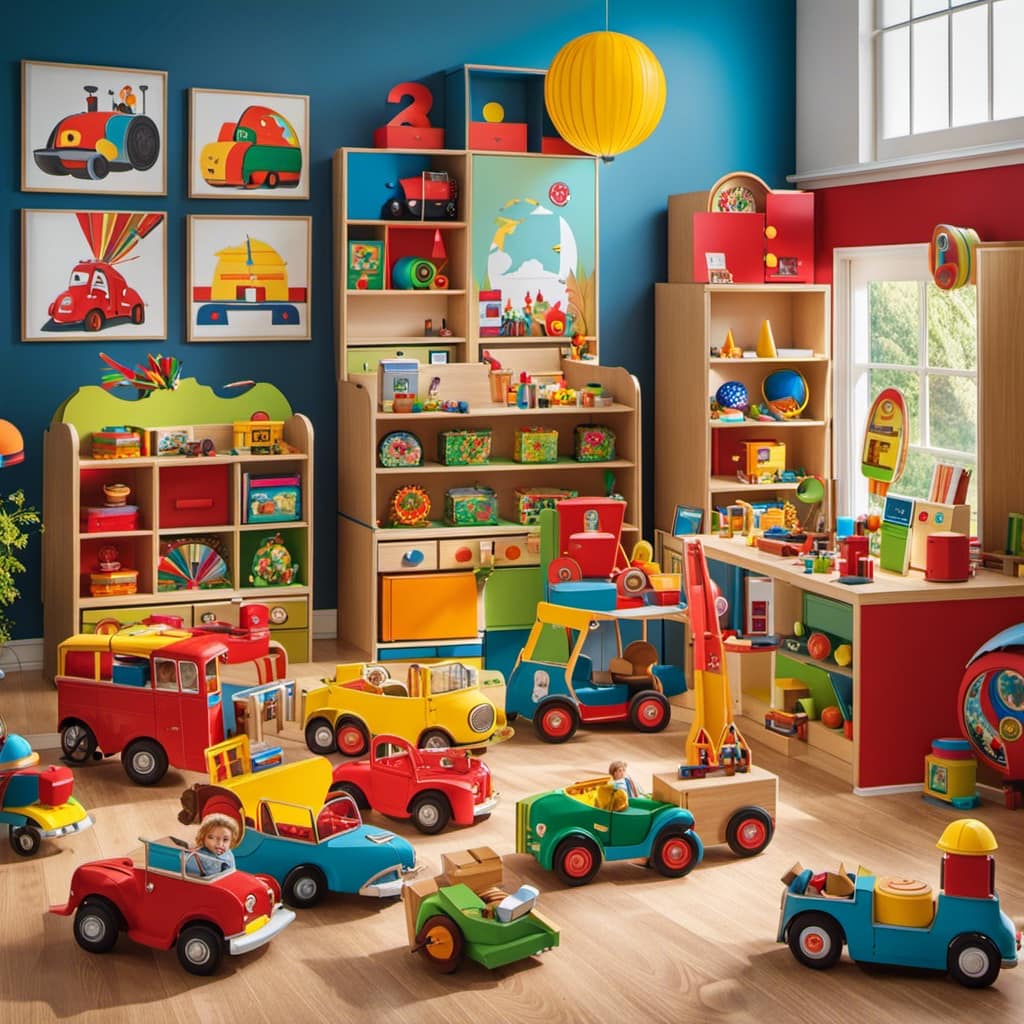
Step-by-Step Cleaning Process for Effective Sanitization
I remove loose debris from toys, tables, and chairs before wiping down surfaces with warm water and mild detergent. This step-by-step cleaning process ensures effective sanitization in a preschool classroom. Here are three key techniques to follow:
- Pay extra attention to high-touch areas, such as doorknobs and light switches, as they are common sources of germs.
- Rinse surfaces with clean water after using detergent to remove any soap residue.
- Disinfect surfaces using water and bleach or a suitable disinfectant spray, then wipe them down again.
Following these effective sanitization techniques helps create a safe and clean environment for children. Regular cleaning and proper hygiene practices are crucial in preventing the spread of germs and reducing the risk of illnesses and infections.
Tips for Sanitizing and Disinfecting Different Types of Toys
To effectively sanitize and disinfect different types of toys, warm water and mild soap can be used for cleaning plastic toys. For wooden toys, a solution of equal parts water and vinegar is suitable for sterilizing. Soft toys can be cleaned with hot water or a fabric-safe disinfectant.
When it comes to sanitizing stuffed animals, it is important to consider their material and care instructions. For machine washable stuffed animals, follow the manufacturer’s guidelines and use a gentle cycle with warm water and mild detergent. Non-machine washable stuffed animals can be spot cleaned with a fabric-safe disinfectant or steam cleaned.
Cleaning outdoor play equipment requires a slightly different approach. Start by removing any loose debris and dirt. Then, use a mixture of warm water and a mild detergent to scrub the surfaces. Rinse thoroughly and allow the equipment to air dry before use.
Regular cleaning and sanitization of toys and outdoor play equipment are essential to maintain a safe and healthy environment for children.
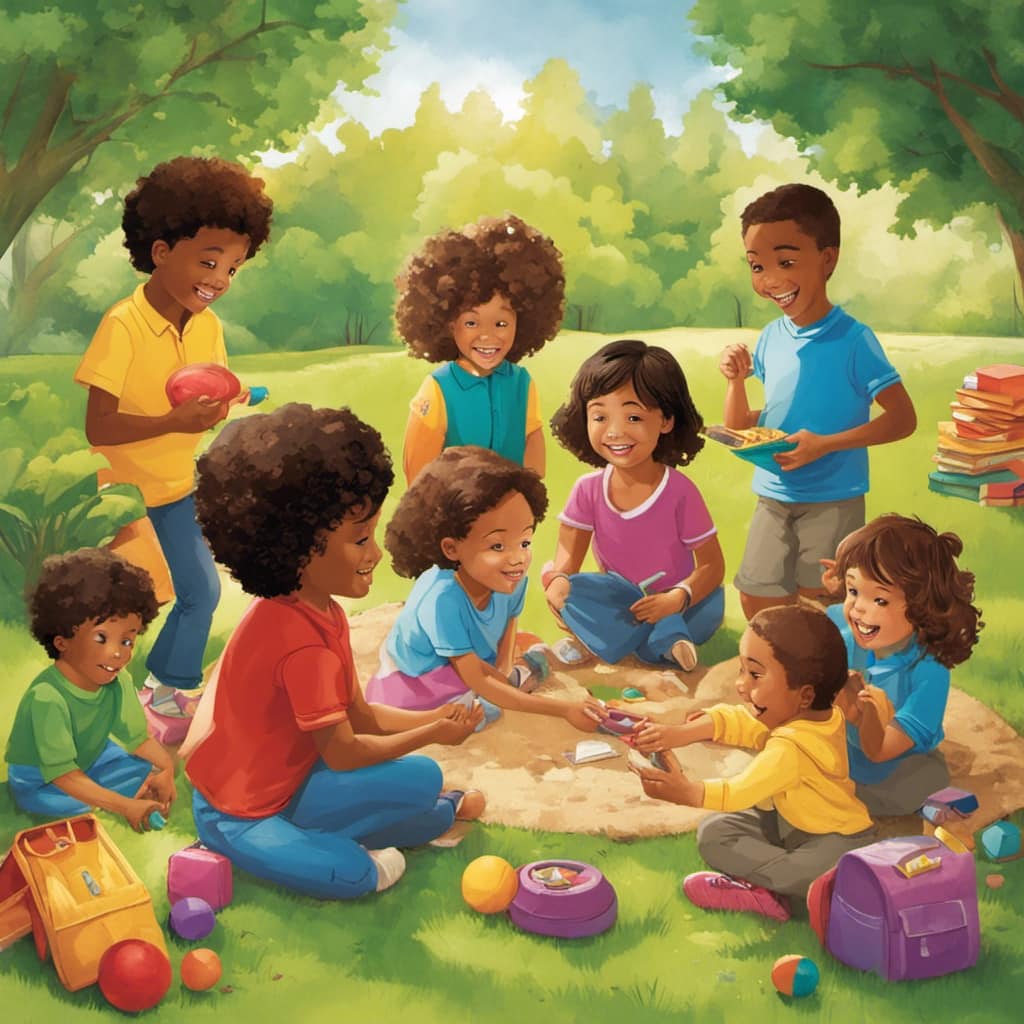
Best Practices for Cleaning and Disinfecting Tables and Chairs
When cleaning and disinfecting tables and chairs, it’s crucial to follow a two-step process. First, remove visible dirt and debris with mild detergent and water. Then, apply disinfectant spray and let it sit before wiping off.
Proper cleaning techniques are essential in maintaining cleanliness in a preschool classroom. Here are three important practices to consider:
-
Use a mild detergent and water to remove visible dirt and debris from the surfaces of tables and chairs. This step ensures that the disinfectant can effectively penetrate and eliminate any remaining germs.
-
Apply a suitable disinfectant spray and let it sit for the recommended amount of time. This allows the disinfectant to work effectively in killing bacteria and viruses that may be present on the surfaces.
-
After the disinfectant has been given enough time to work, wipe off the surfaces with a clean cloth or paper towel. This step helps to remove any remaining residue and ensures a clean and safe environment for children.
Creating a Clean and Healthy Learning Environment for Preschoolers
Maintaining a clean and healthy learning environment for preschoolers involves following proper cleaning techniques and utilizing effective disinfectants.
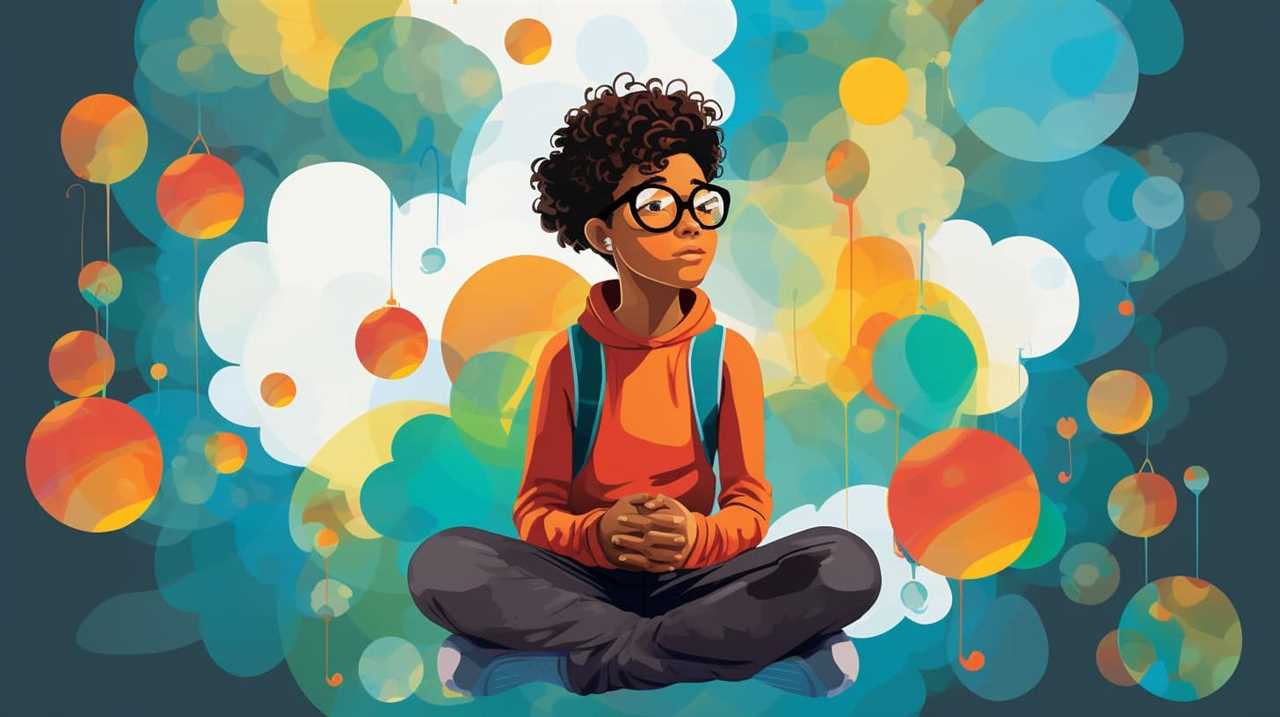
As a parent, your role in maintaining a clean classroom environment is crucial. By ensuring that your child’s belongings are clean and properly labeled, you contribute to a safe and organized space.
Additionally, involving children in the cleaning process instills a sense of responsibility and teaches them the importance of cleanliness. Encourage them to tidy up after themselves, wipe down surfaces, and put away toys. This not only helps keep the classroom clean, but it also promotes their overall development and self-care skills.
The Role of Regular Cleaning in Preventing Illnesses in Preschools
As a parent, I ensure that my child’s belongings are clean and properly labeled, contributing to a safe and organized space in the preschool environment. The role of parents in maintaining cleanliness in preschools is crucial in preventing the spread of germs and illnesses among children. Here are three important aspects to consider:
-
Proper storage: By providing labeled storage containers for toys and personal items, parents can help prevent the accumulation of dirt and facilitate easy cleaning. This reduces the chances of cross-contamination and promotes a hygienic environment.
-
Regular cleaning: Parents should encourage and support the preschool’s cleaning routines by reinforcing the importance of regular sanitization. This includes wiping down surfaces, disinfecting toys, and frequently washing soft items like plush toys.
-
Education: Teaching children about the importance of cleanliness and good hygiene habits at home can have a positive impact on their behavior in the preschool setting. By instilling these habits early on, parents play a vital role in preventing the spread of germs and maintaining a healthy environment for all preschoolers.

Promoting Good Hygiene Habits Through Regular Sanitization in Preschools
I make sure to regularly sanitize the toys and surfaces in my child’s preschool to promote good hygiene habits and prevent the spread of germs. By implementing cleaning protocols, we create a safe and clean environment for the children.
Regular sanitization plays a crucial role in promoting good hygiene habits among preschoolers. It teaches them the importance of cleanliness and reduces the risk of illnesses and infections. We use recommended cleaning products and tools, such as disinfectant wipes and multi-purpose cleaners, to effectively eliminate harmful bacteria and viruses.
Our step-by-step cleaning process ensures thorough sanitization, from removing loose debris to disinfecting surfaces. We also follow specific guidelines for sanitizing different types of toys, including plastic, wooden, and soft toys. Additionally, we prioritize regular cleaning of tables and chairs using a two-step cleaning process and suitable disinfectant sprays.
Frequently Asked Questions
How Often Should Toys in a Preschool Classroom Be Cleaned and Sanitized?
I clean and sanitize classroom materials in a preschool regularly. Toys should be cleaned and sanitized daily to prevent the spread of germs. The best methods include using mild detergent, disinfectant spray, and water.
What Are the Best Methods for Sanitizing Soft Toys in a Preschool Classroom?
To disinfect fabric toys in a preschool classroom, I recommend washing them in hot water or spraying them with a child-safe fabric disinfectant. It’s important to use cleaning products that are safe for children to ensure their health and safety.
Are There Any Specific Cleaning Products That Should Be Avoided in a Preschool Classroom?
Yes, there are cleaning products that should be avoided in a preschool classroom due to potential health risks. Some common ones include bleach, ammonia, and strong chemical disinfectants.
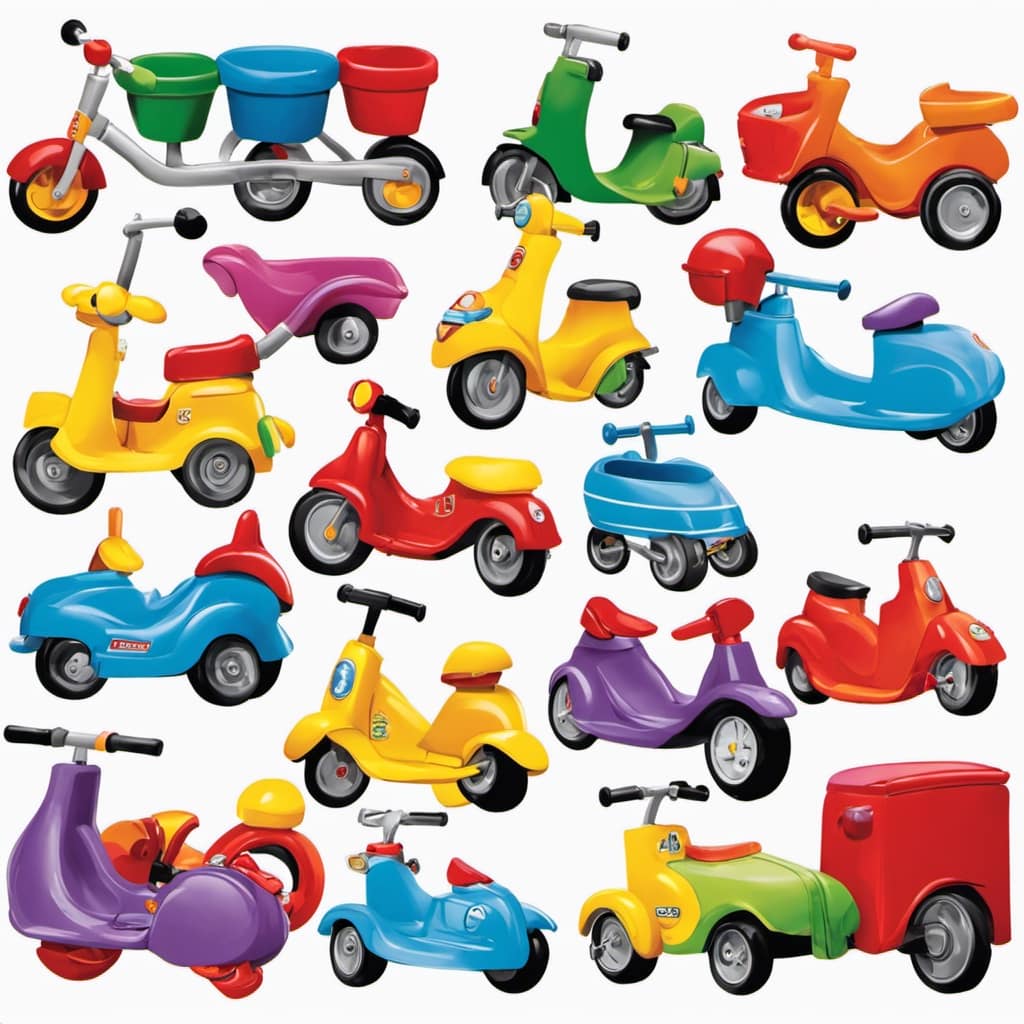
How Can We Ensure That High-Touch Areas in a Preschool Classroom Are Thoroughly Sanitized?
To thoroughly sanitize high-touch areas in a preschool classroom, I recommend using disinfectant wipes or a suitable disinfectant spray. Ensure surfaces are properly cleaned before applying the disinfectant for effective sanitization.
Is It Necessary to Sanitize Tables and Chairs in a Preschool Classroom Every Day?
Yes, it is necessary to sanitize tables and chairs in a preschool classroom every day. Regular cleaning and sanitization help prevent the spread of germs, ensuring a safe and healthy environment for children.
Conclusion
In conclusion, regular sanitization and cleaning in a preschool classroom are crucial for maintaining a safe and healthy learning environment for children. By following the recommended cleaning process and using suitable cleaning products, we can effectively prevent the spread of germs and reduce the risk of illnesses.
Just like a shield protects a knight in battle, proper sanitization acts as a shield, safeguarding the well-being of our little ones.
So let’s continue to prioritize cleanliness and instill good hygiene habits in preschoolers, ensuring their overall well-being and growth.
Preschool Toys
Why Opt for Budget-Friendly Preschool Role-Play Toy Sets?
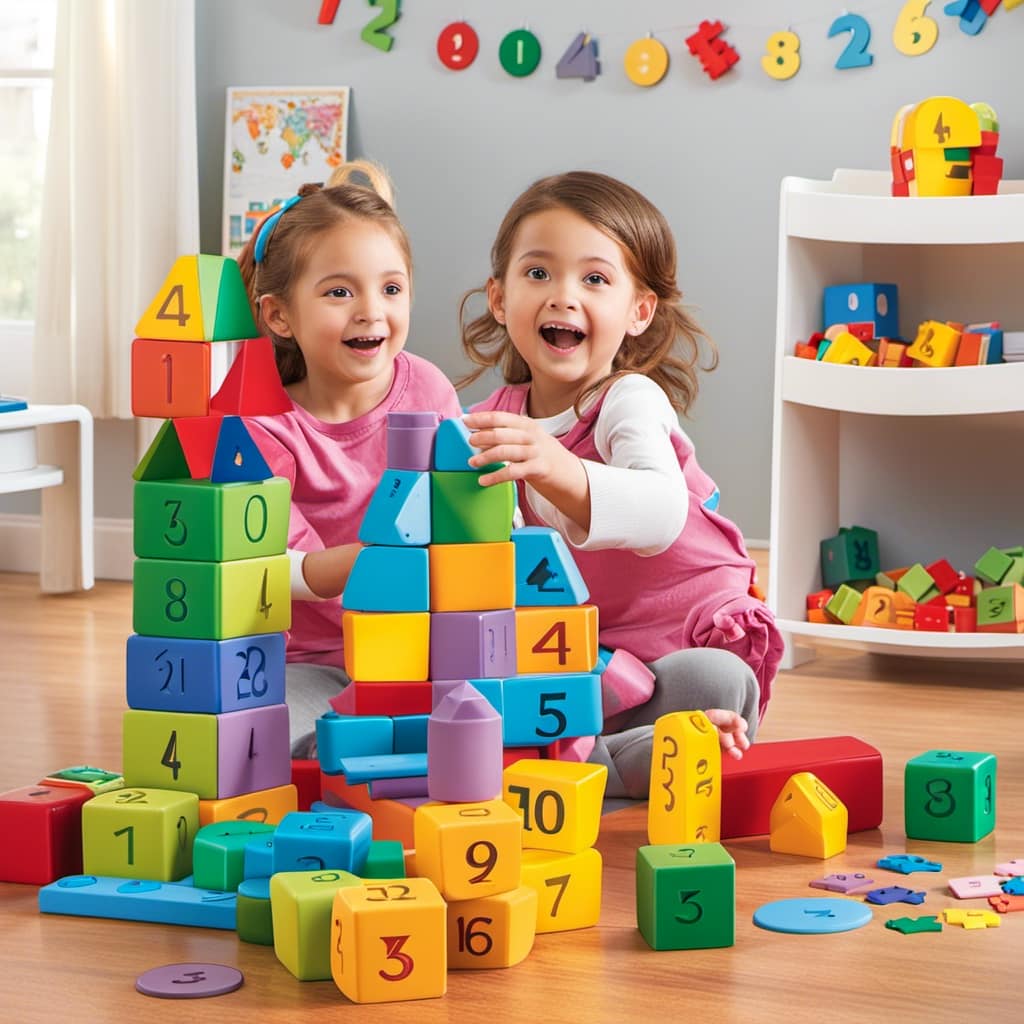
Looking to provide your little ones with fun and educational play activities without breaking the bank? Look no further!
In this article, we’ll explore the benefits of opting for budget-friendly preschool role-play toy sets.
From enhancing imaginative play to promoting social skills and cognitive development, these affordable options are a win-win for both parents and children.
So, let’s dive in and discover the wonders of cost-effective role-play toys for your little learners.
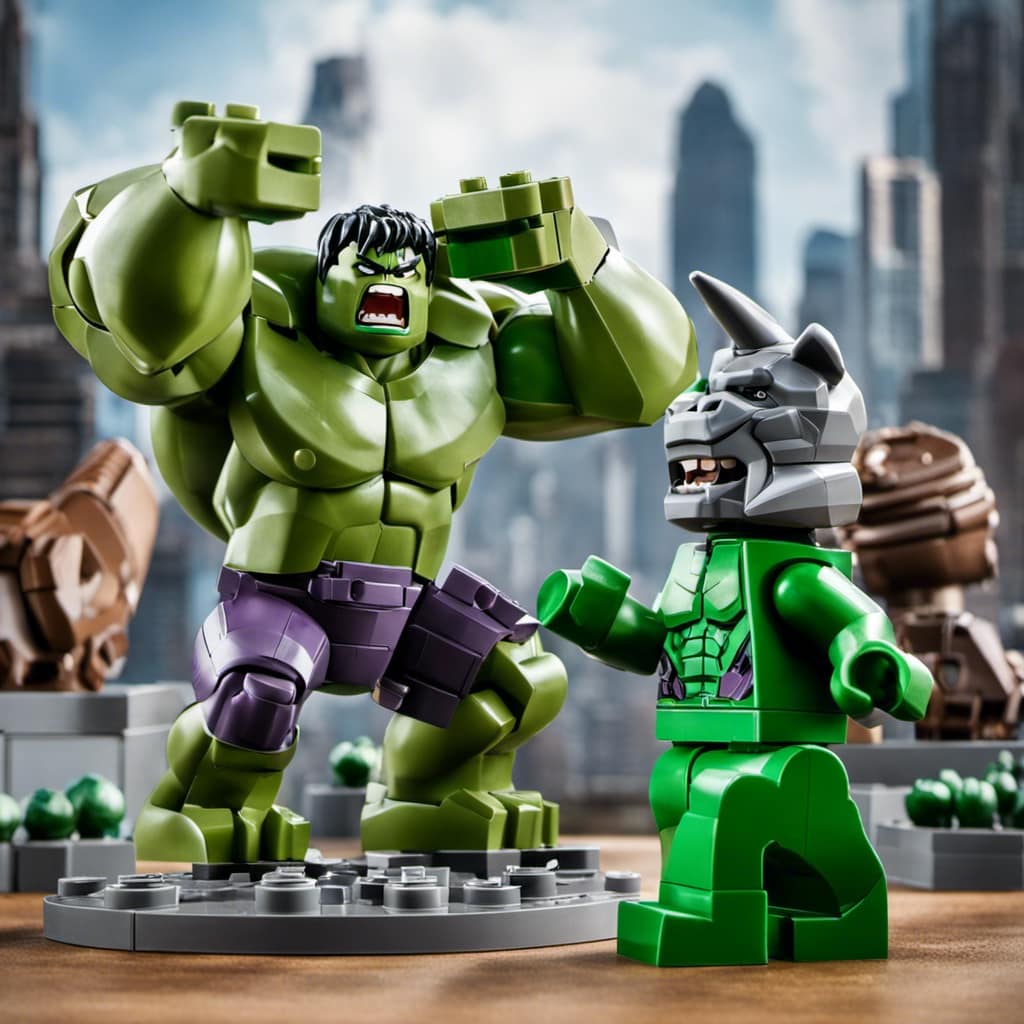
Key Takeaways
- Budget-friendly role-play toy sets enhance imaginative play and promote social skills and cognitive development.
- These affordable sets provide opportunities for cognitive, social, and emotional development while promoting creativity and problem-solving abilities.
- They also help develop essential social skills through cooperative play, building communication, teamwork, and empathy skills.
- Budget-friendly role-play toys like building blocks, puzzles, and pretend play sets offer cost-effective options for cognitive development, language skills, and social interactions.
Benefits of Budget-Friendly Role-Play Toys
We have found that budget-friendly role-play toy sets offer numerous benefits for preschool children.
Affordable playsets not only provide entertainment but also serve as economic educational toys that promote learning and development. These toys help children enhance their imagination, creativity, and problem-solving skills.
Through role-play, children can explore different scenarios and engage in pretend play, which aids in their cognitive and social-emotional development. Budget-friendly toy sets also encourage collaboration and cooperation among children, as they learn to share and take turns while engaging in imaginative play.
Moreover, these playsets are designed to be durable and safe, ensuring that children can enjoy hours of play without compromising their well-being.
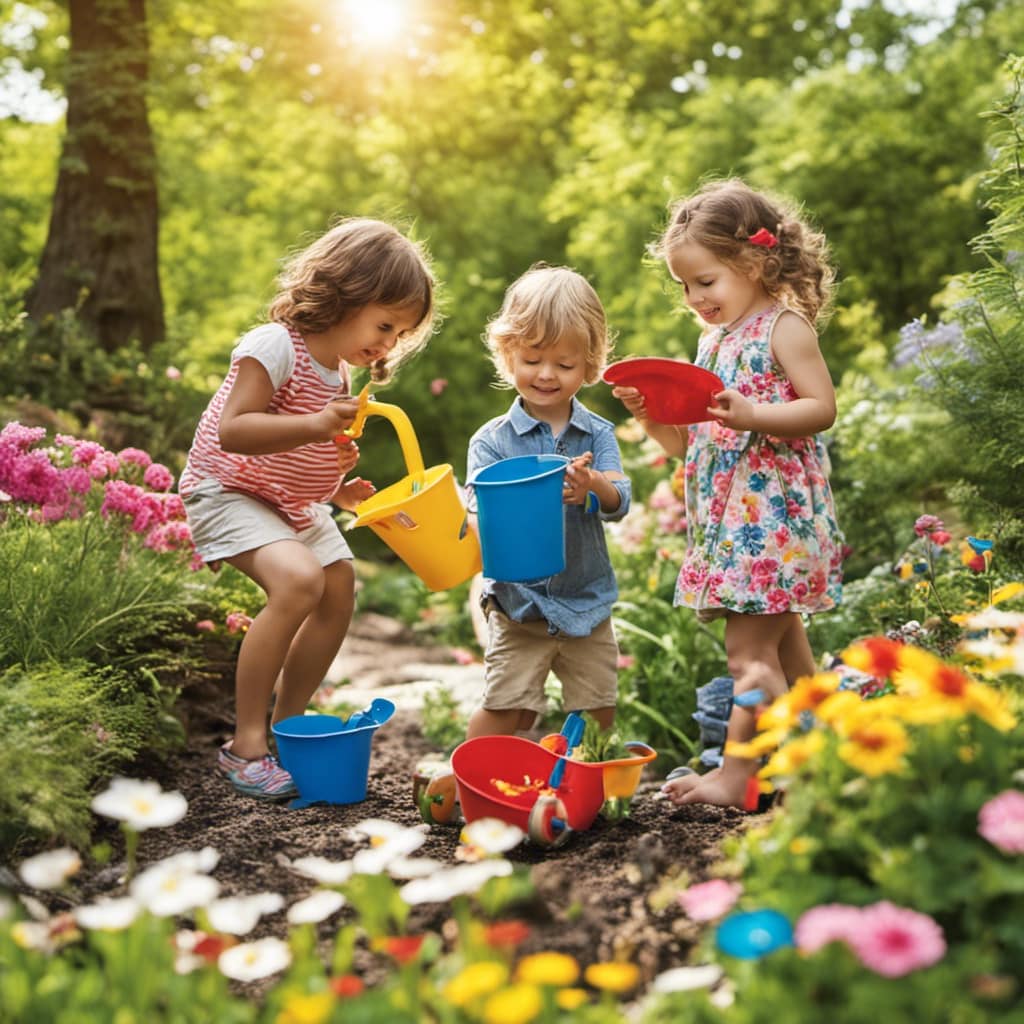
Enhancing Imaginative Play With Affordable Sets
As we continue exploring the benefits of budget-friendly role-play toy sets, let’s delve into how these affordable sets enhance imaginative play.
Affordable creativity is essential for children, as it allows them to explore their imagination and creativity without breaking the bank. With budget-friendly role-play toy sets, children can engage in imaginative play without the burden of expensive toys.
These sets provide a wide range of options, from kitchen sets to doctor kits, allowing children to immerse themselves in different scenarios and explore various roles.
Learning through play is crucial for children’s educational development, and affordable role-play toys offer an accessible way for children to learn and grow. These sets provide opportunities for children to develop cognitive, social, and emotional skills while having fun.
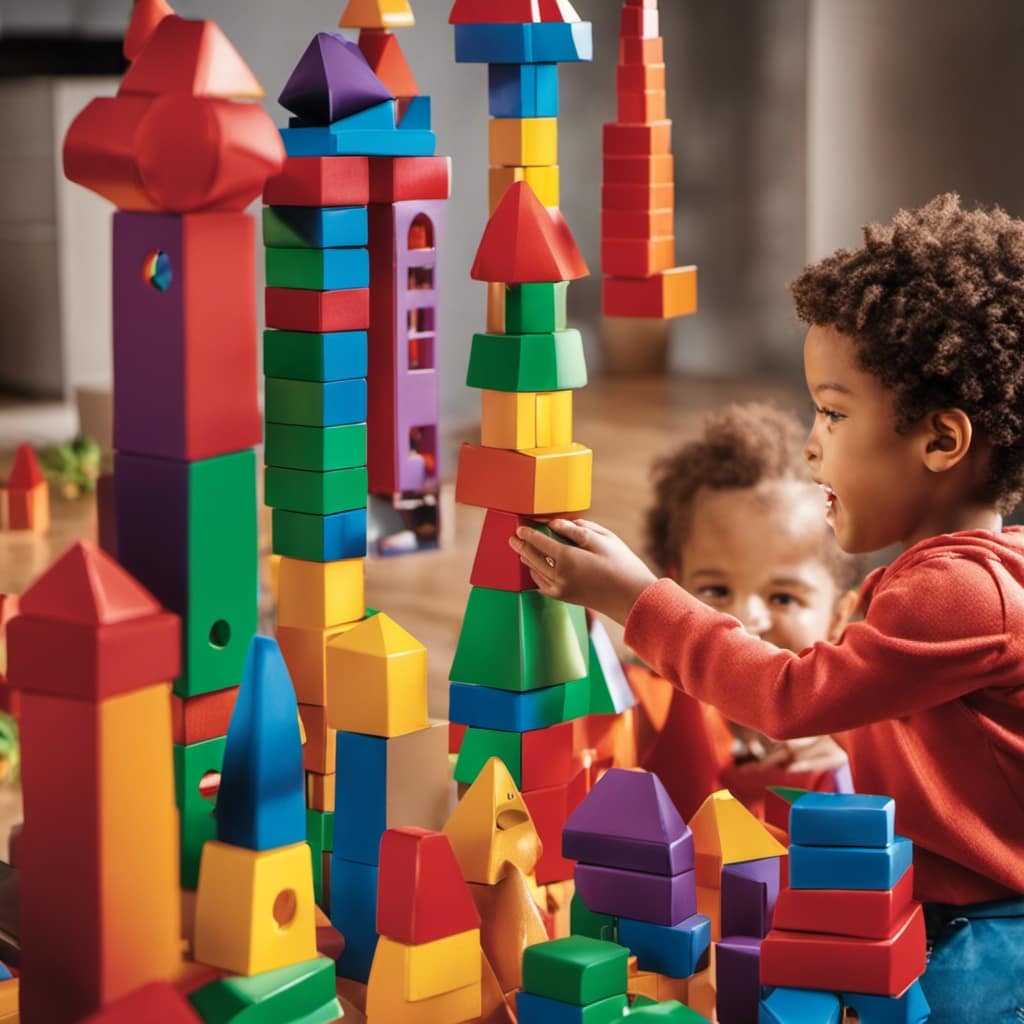
By promoting imaginative play, affordable role-play toy sets lay the foundation for children to develop their creativity and problem-solving abilities.
In the next section, we’ll discuss how these sets also promote social skills through interactive play.
Promoting Social Skills Through Affordable Role-Play Toys
Promoting social skills can be achieved through the use of affordable role-play toys. In preschoolers, cooperative play is of utmost importance as it helps them develop essential social skills. By engaging in role-play activities, children learn to interact and collaborate with their peers, building crucial skills like communication, problem-solving, and teamwork.
Role-play toys play a significant role in developing empathy skills in young children. Through imaginative play scenarios, children learn to understand and relate to the emotions and experiences of others. They can put themselves in different roles, such as a doctor, teacher, or parent, and explore different perspectives. This helps them develop empathy, compassion, and understanding towards others.
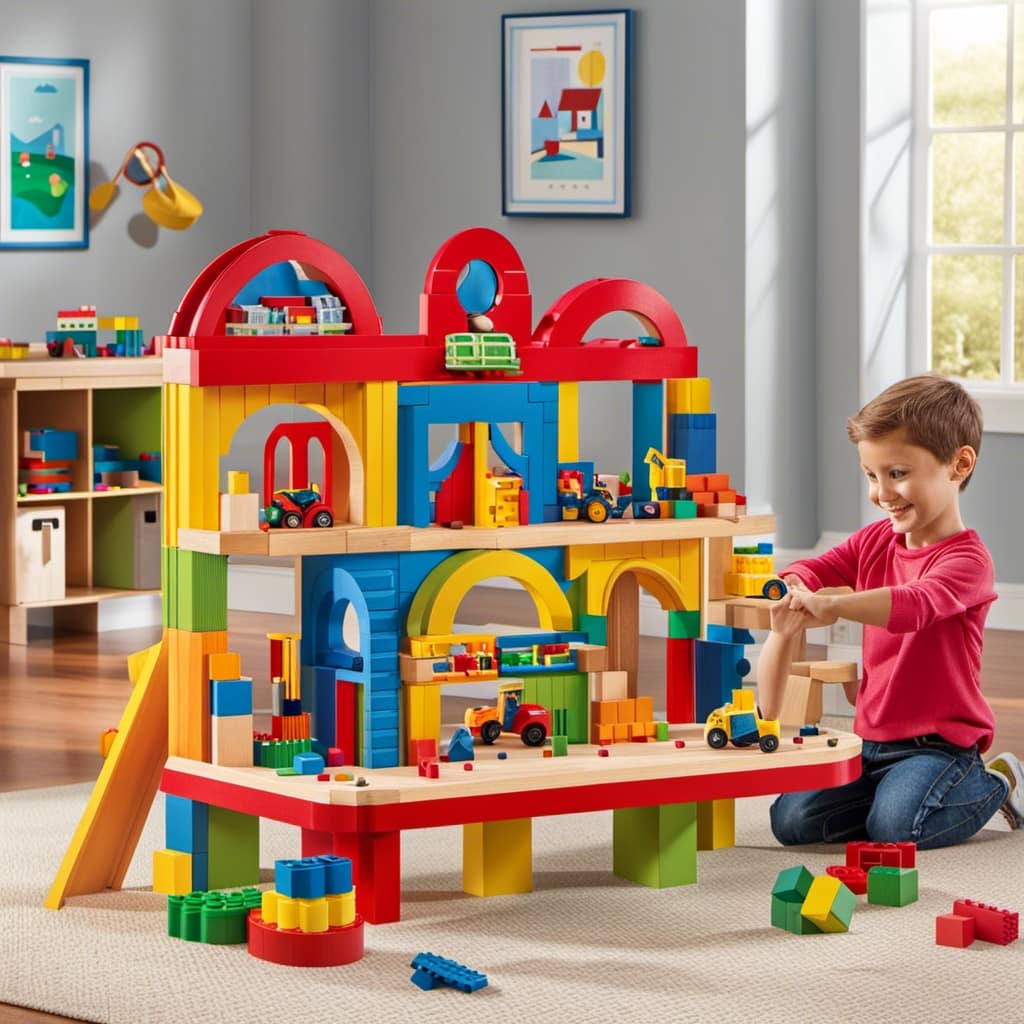
Affordable role-play toys provide an opportunity for children to engage in cooperative play and develop empathy skills without breaking the bank. These toys not only offer hours of fun and imaginative play but also serve as valuable tools for promoting social development in preschoolers.
Budget-Friendly Options for Cognitive Development
When it comes to budget-friendly options for cognitive development, we can explore a variety of affordable role-play toy sets. These toys not only provide hours of entertainment but also promote problem-solving skills and creative thinking in children.
Here are three affordable playsets that can enhance cognitive development:
-
Building Blocks: Building blocks are a classic toy that helps develop problem-solving skills. Children can experiment with different structures and learn about cause and effect as they build and rebuild.
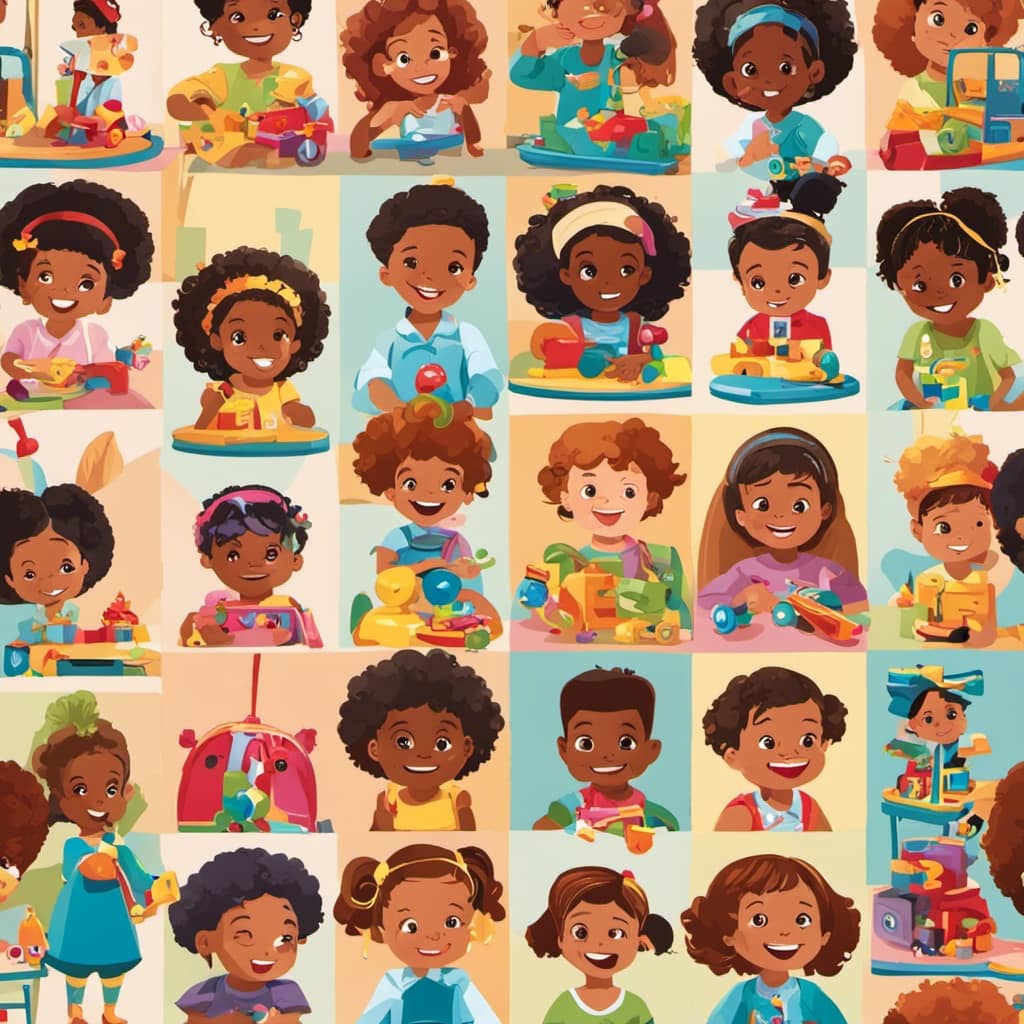
-
Puzzles: Puzzles aren’t only fun but also great for cognitive development. They require children to think critically, analyze shapes and patterns, and develop their problem-solving abilities.
-
Pretend Play Sets: Pretend play sets, such as kitchen sets or doctor kits, encourage imaginative play and creative thinking. Children can role-play different scenarios, which helps develop their cognitive abilities, language skills, and social interactions.
Choosing Cost-Effective Role-Play Toys for Preschoolers
Let’s now explore the options for cost-effective role-play toys for preschoolers. When it comes to choosing toys for our little ones, it’s important to consider both quality and long-term investment. While budget-friendly options may seem tempting, it’s crucial to ensure that the toys we select are of good quality and will last for a significant amount of time.
To help you make an informed decision, here is a table outlining some cost-effective role-play toy options for preschoolers:
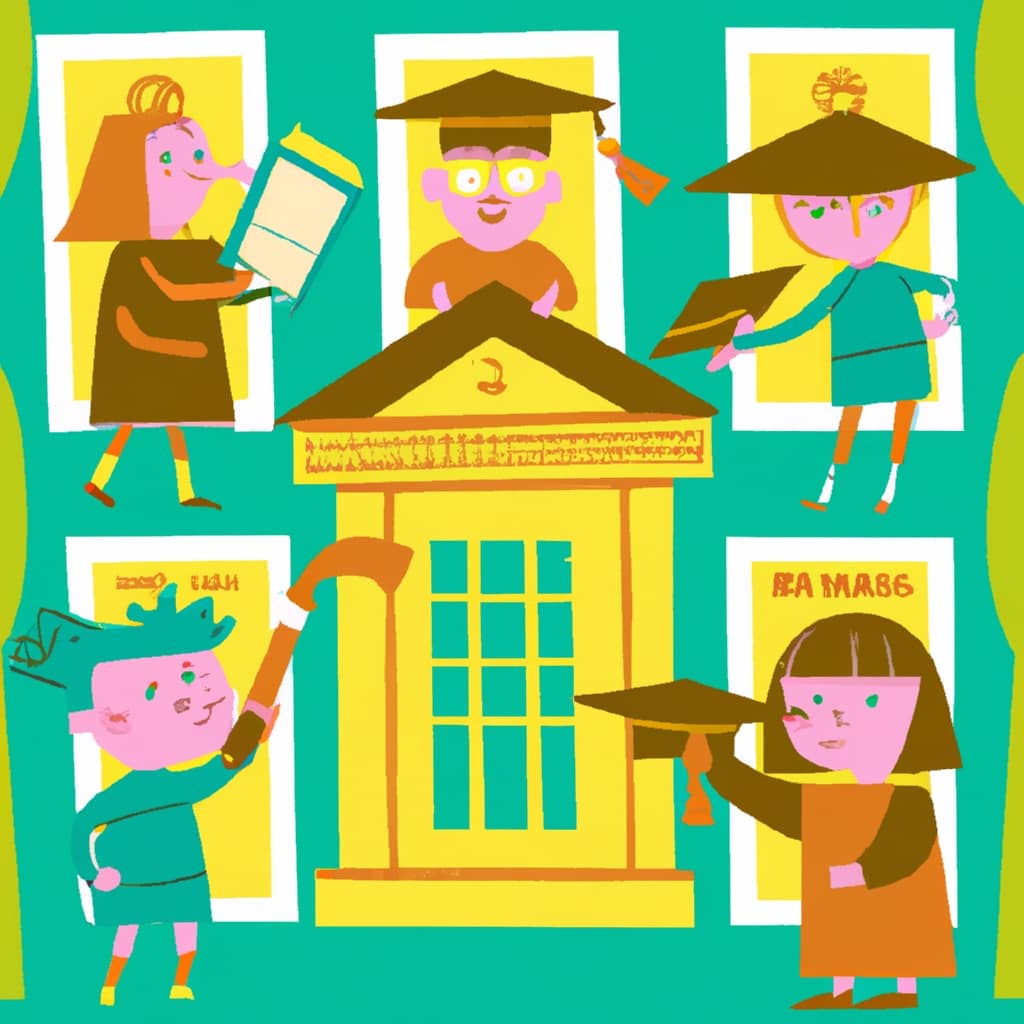
| Toy Name | Age Range | Price Range |
|---|---|---|
| Play Kitchen | 2-6 | $50-$100 |
| Tool Set | 3-5 | $20-$40 |
| Doctor Play Set | 3-6 | $30-$60 |
These toys not only provide endless hours of imaginative play but also promote creativity, social interaction, and cognitive development. By investing in quality role-play toys, we ensure that our little ones have the best tools to explore their world and develop essential skills. Remember, it’s not just about the price tag, but the value and longevity these toys offer.
Frequently Asked Questions
How Much Do Budget-Friendly Role-Play Toy Sets Typically Cost?
On average, budget-friendly role-play toy sets can cost around $10 to $30. The best places to buy them are online retailers like Amazon or Walmart, as they often have great deals and a wide selection.
Are Budget-Friendly Role-Play Toy Sets Made With Safe Materials?
When it comes to budget-friendly role-play toy sets, one of the important factors to consider is material safety. We compare the durability of these sets with expensive ones to ensure your child’s well-being.
Can Budget-Friendly Role-Play Toy Sets Be Easily Cleaned and Sanitized?
Cleaning methods and the importance of toy hygiene are crucial when considering budget-friendly role-play toy sets. We prioritize easy cleaning and sanitization to ensure a safe and clean play environment for our little ones.

Are Budget-Friendly Role-Play Toy Sets Suitable for Both Indoor and Outdoor Play?
Budget-friendly role-play toy sets are suitable for both indoor and outdoor play. They provide numerous benefits, such as enhancing imaginative and social skills in preschoolers. Incorporating role play in education is essential for holistic development.
Do Budget-Friendly Role-Play Toy Sets Come With a Warranty or Guarantee?
Budget-friendly role-play toy sets may not come with a warranty or guarantee. However, they provide cost-effective options for preschoolers’ imaginative play. Customer satisfaction is still possible with these affordable choices.
Conclusion
In conclusion, choosing budget-friendly preschool role-play toy sets is a wise decision for both parents and educators. These affordable options not only enhance imaginative play and promote social skills, but also support cognitive development in young children.
By opting for cost-effective toys, we can provide valuable learning experiences without breaking the bank. Remember, a well-stocked playroom doesn’t have to come with a hefty price tag – it’s all about finding the right balance between quality and affordability.
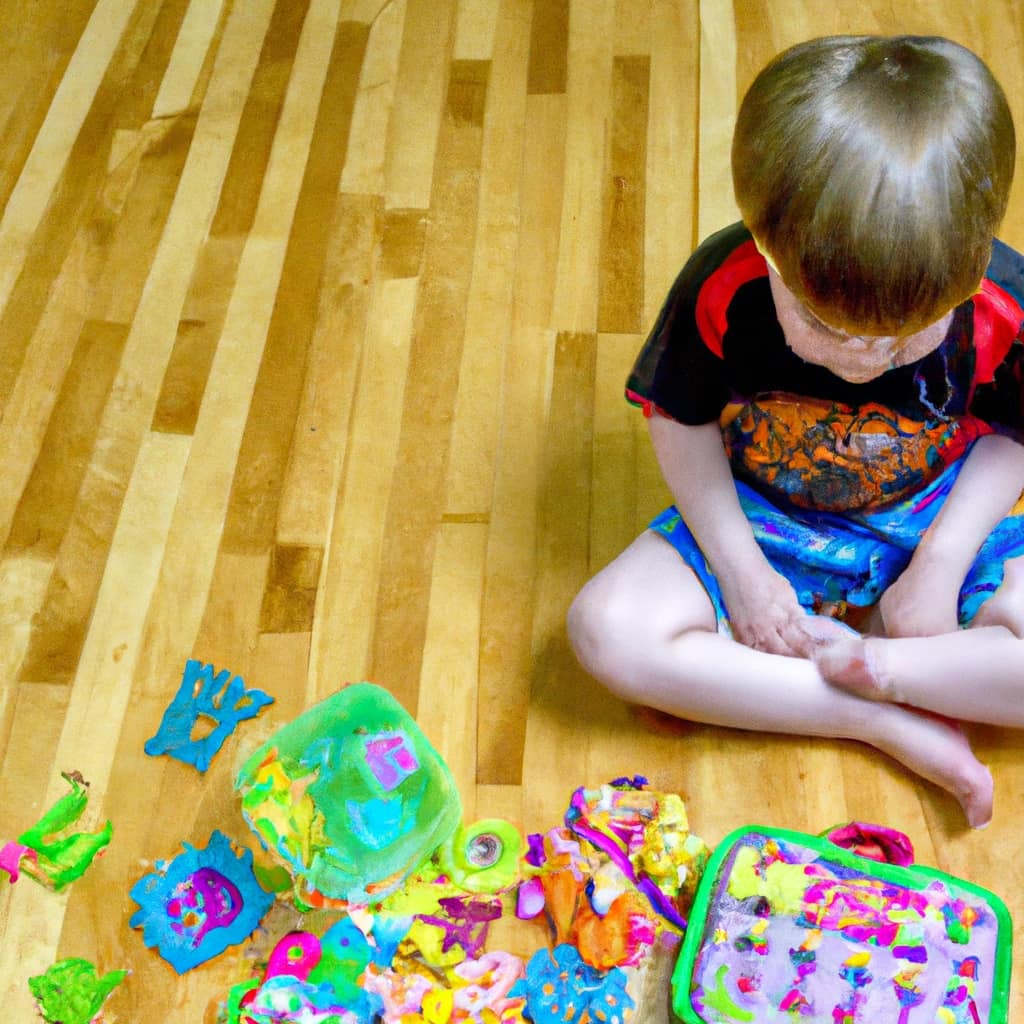
Preschool Toys
Unleashing Toddler Creativity: Top Educational Arts and Crafts Toys
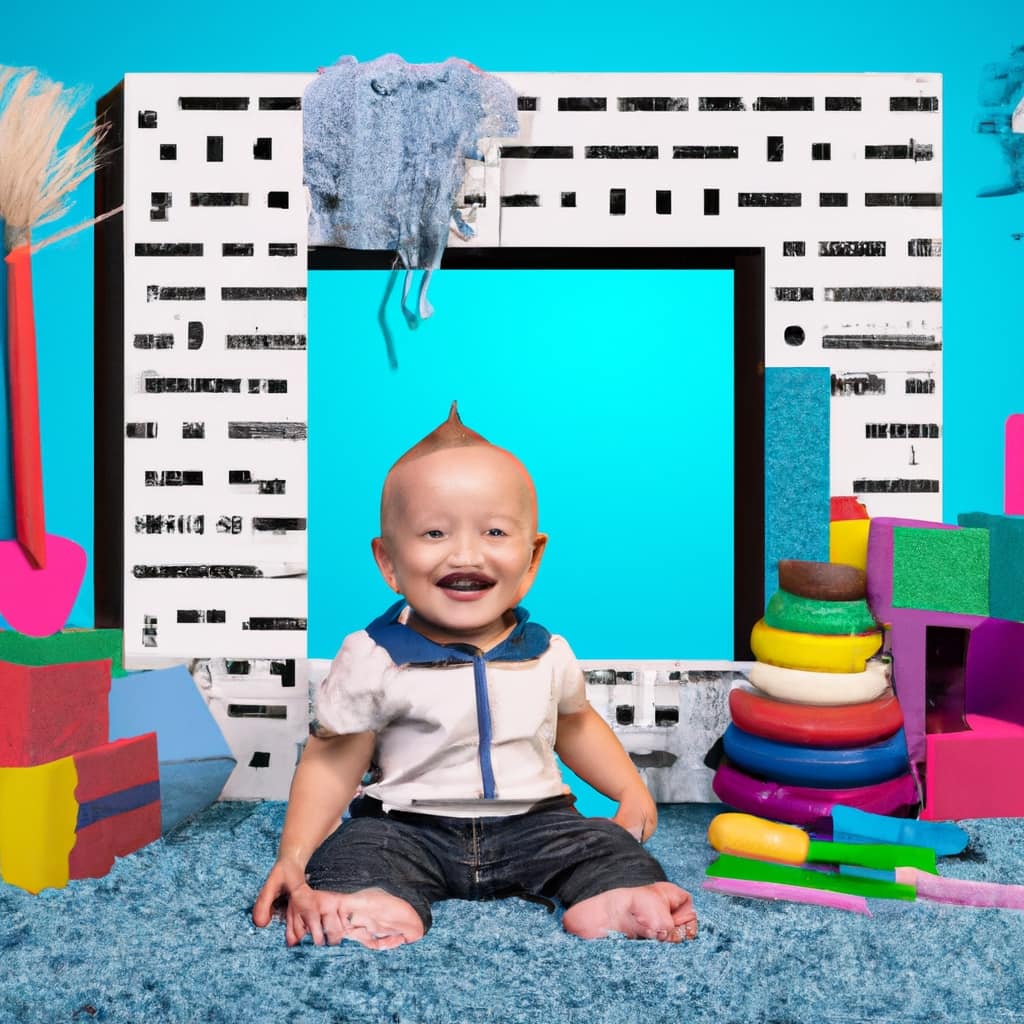
Discover the reasons behind our admiration for igniting the creative spark in young children through the best educational arts and crafts toys.
Did you know that 91% of parents believe arts and crafts activities help develop important skills in their little ones? That’s why we’re excited to share our top picks for toddler-friendly craft kits that not only entertain but also promote learning.
From exploring colors and shapes to enhancing fine motor skills, these creative toys are designed to engage young imaginations and foster a love for storytelling.
Let’s dive in and discover the endless possibilities!
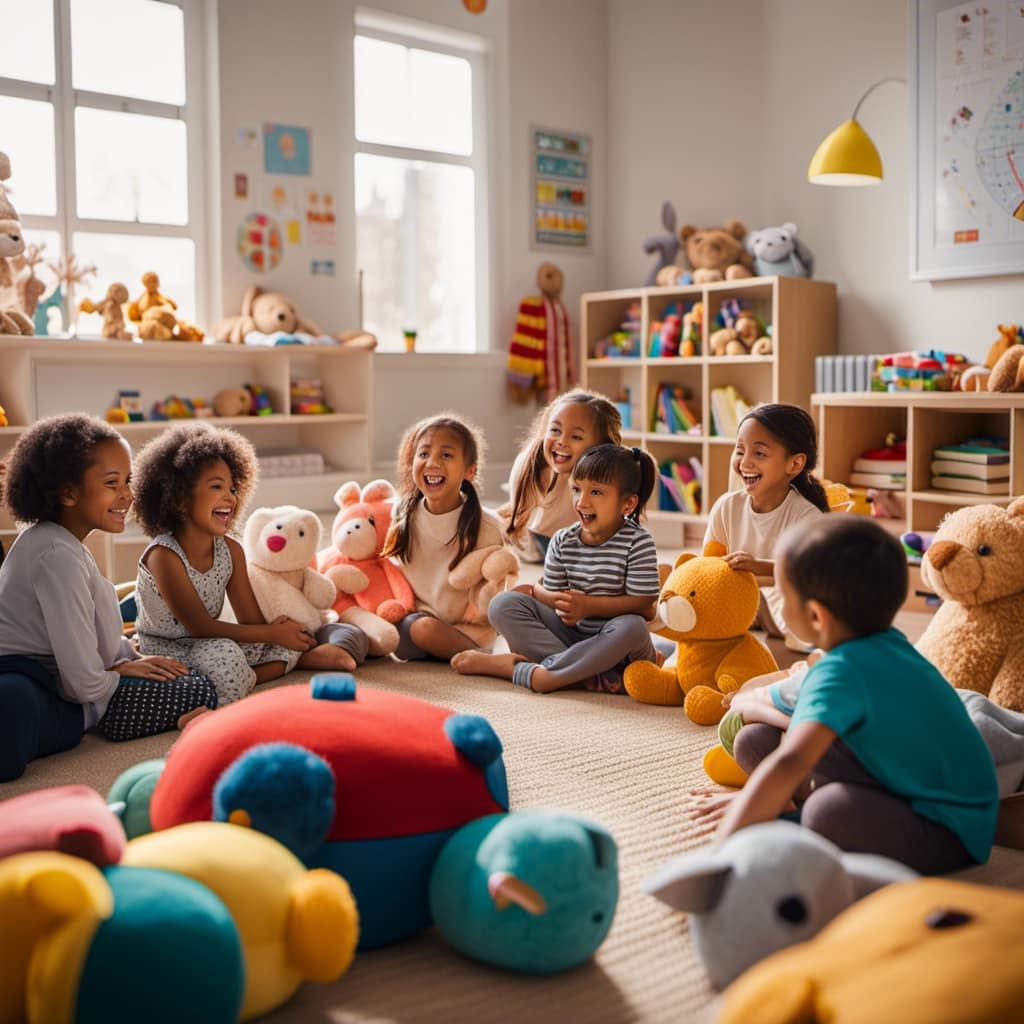
Key Takeaways
- Educational arts and crafts toys foster creativity and cognitive development.
- Arts and crafts toys enhance fine motor skills and sensory exploration.
- Engaging imagination and storytelling with creative toys stimulates creativity and imagination.
- Puppet making, playdough sculpture, storytelling cards, dress-up, and role play encourage creativity, imagination, and enhance communication skills.
Benefits of Educational Arts and Crafts Toys
One of the key benefits of educational arts and crafts toys is that they allow us to foster creativity and cognitive development in toddlers. By engaging in hands-on activities that encourage exploration and experimentation, children are able to develop their cognitive skills.
Through the process of creating and manipulating various materials, toddlers learn to problem solve, think critically, and make connections between different concepts.
Additionally, art allows children to express themselves and build confidence in their abilities. Whether it’s painting, drawing, or sculpting, these activities give toddlers a platform to showcase their unique ideas and perspectives.
This not only boosts their self-esteem but also encourages self-expression, helping them develop a sense of individuality and identity.
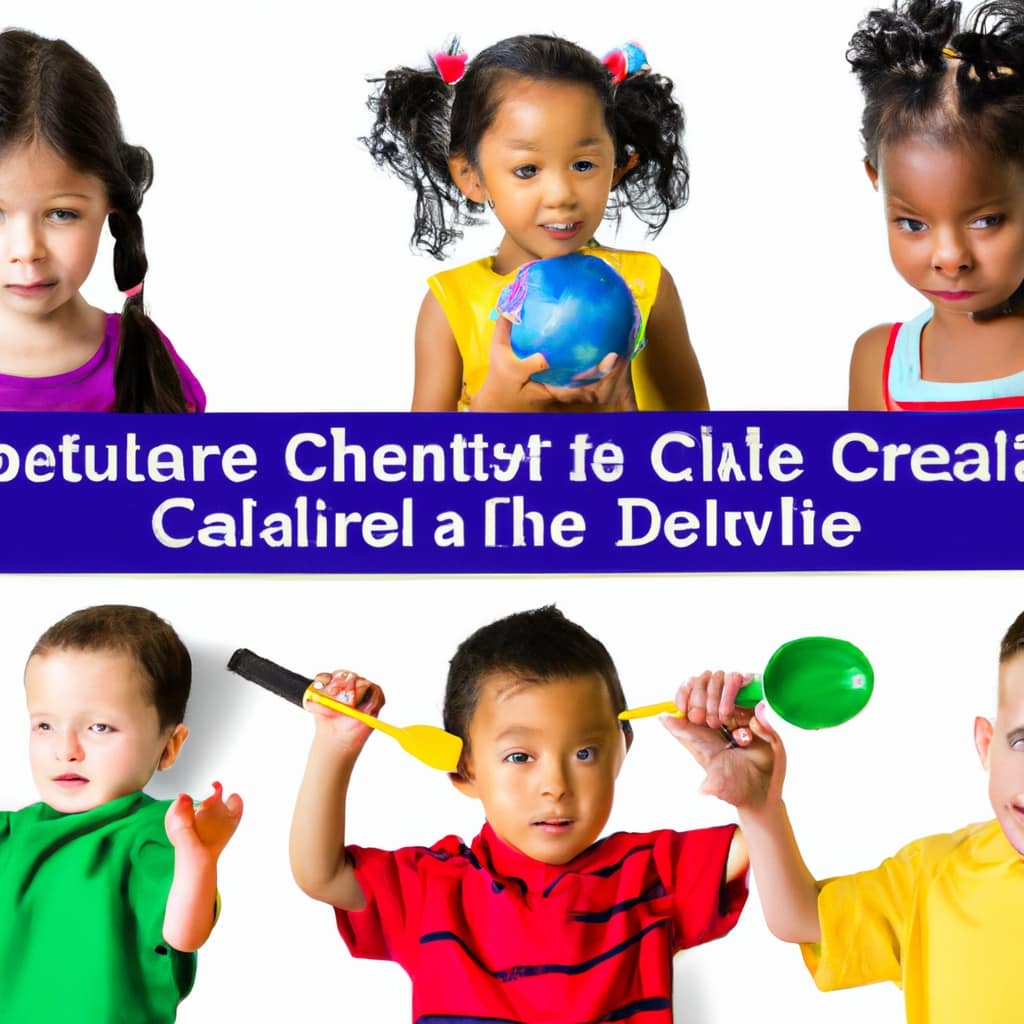
Educational arts and crafts toys provide a nurturing environment where toddlers can grow both creatively and intellectually.
Top Toddler-Friendly Craft Kits
As we continue our exploration of educational arts and crafts toys, let’s delve into the world of top toddler-friendly craft kits, which offer engaging and interactive experiences for our little ones.
One key aspect of these craft kits is the emphasis on sensory play. These kits are designed to stimulate multiple senses, allowing toddlers to explore different textures, colors, and shapes. Whether it’s molding clay, finger painting, or playing with textured stickers, these activities provide a hands-on experience that encourages creativity and cognitive development.
Additionally, many of these craft kits offer mess-free options, which is a relief for parents who want to encourage their child’s creativity without the hassle of cleaning up afterwards. With these mess-free options, toddlers can freely express themselves without worrying about the aftermath.
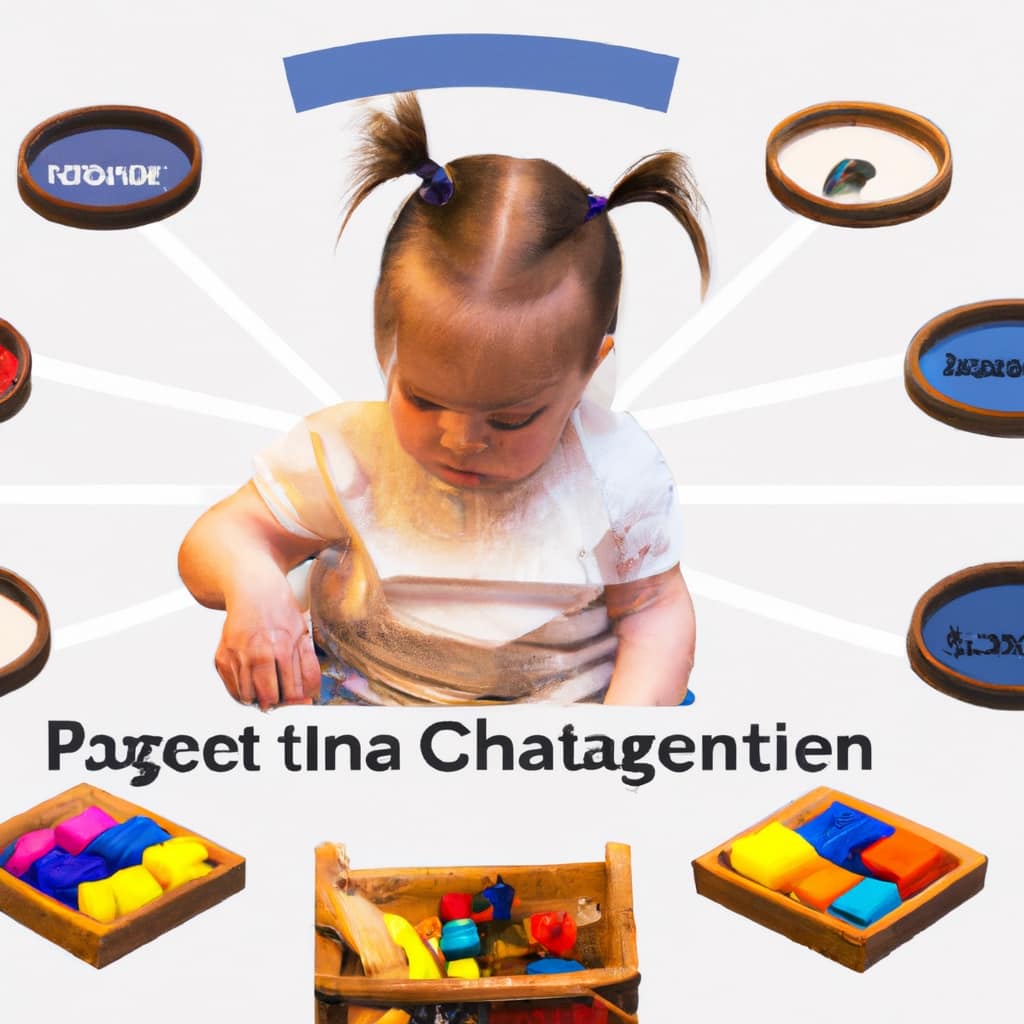
These top toddler-friendly craft kits truly provide a wonderful opportunity for our little ones to explore their creativity while engaging in sensory play.
Exploring Colors and Shapes With Arts and Crafts Toys
To explore colors and shapes with arts and crafts toys, we love engaging in activities that involve painting, cutting, and building. Here are four ways we encourage color mixing and sensory exploration:
-
Finger painting: Letting toddlers dip their fingers into different colors of paint and create their own masterpieces not only enhances their fine motor skills but also allows them to explore mixing colors and creating new shades.
-
Shape cutouts: Providing toddlers with different shapes to cut out from colored paper allows them to practice their cutting skills while also learning about different shapes and colors.
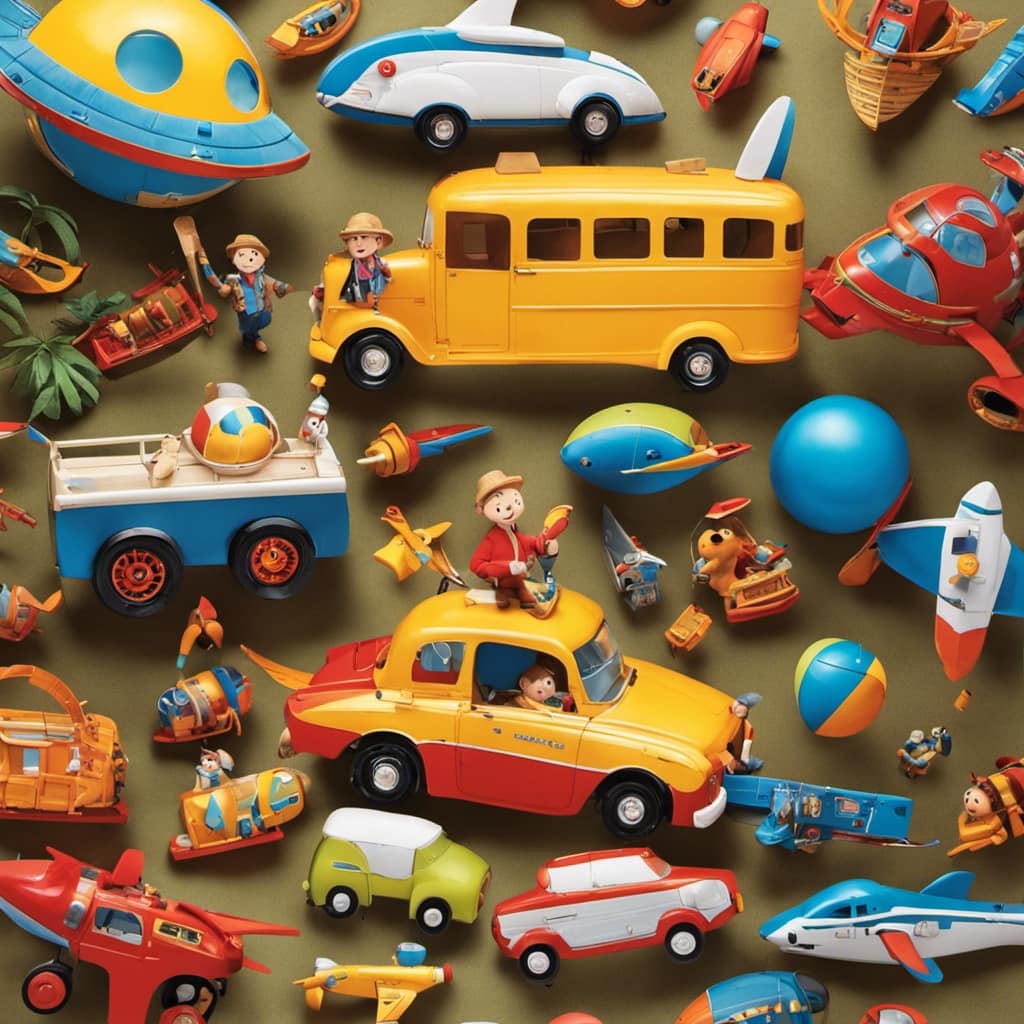
-
Playdough fun: Playing with playdough offers endless opportunities for color mixing and shape exploration. Toddlers can mix different colors together to create new shades and use various tools to shape the playdough into different forms.
-
Sensory bins: Filling a bin with colored rice, beans, or other sensory materials and providing toddlers with scoops, cups, and containers allows them to explore colors, textures, and shapes while engaging their senses.
Enhancing Fine Motor Skills Through Artistic Expression
Continuing our exploration of colors and shapes with arts and crafts toys, we can further enhance our toddlers’ fine motor skills through artistic expression. By engaging in activities that require precision and control, such as drawing, painting, and cutting, children can improve their hand-eye coordination. This vital skill helps them develop the ability to coordinate their hand movements with what they see, a skill that will benefit them in various aspects of their lives.
In addition to improving hand-eye coordination, artistic expression also fosters self-expression. Through arts and crafts, toddlers can communicate their thoughts, feelings, and experiences in a visual and tangible way. This form of expression allows them to explore their creativity and develop their own unique voice.
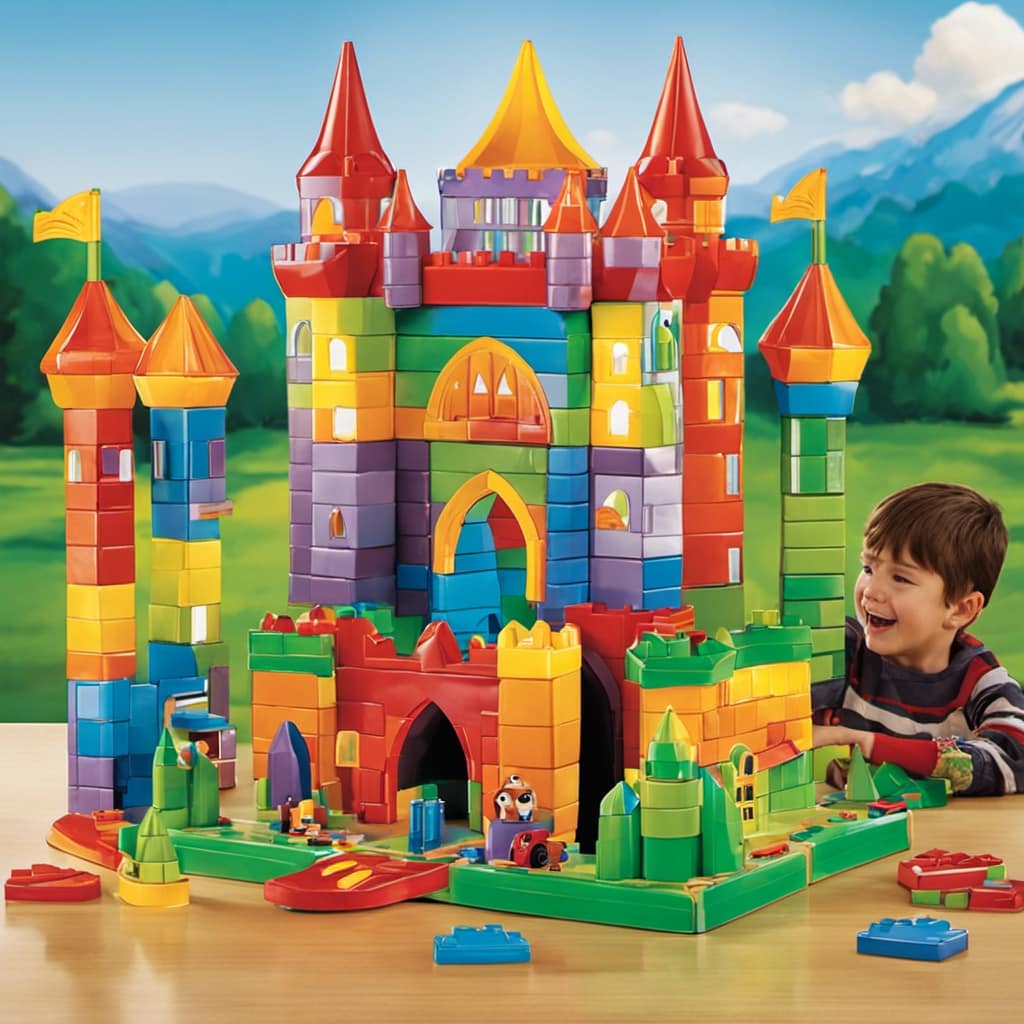
To better understand how arts and crafts toys can enhance fine motor skills, let’s take a look at the following table:
| Arts and Crafts Activity | Fine Motor Skill Developed |
|---|---|
| Drawing | Hand control |
| Painting | Precision and coordination |
| Cutting | Finger dexterity |
| Sculpting | Manipulative skills |
| Stringing beads | Hand-eye coordination |
Engaging Imagination and Storytelling With Creative Toys
Let’s explore how creative toys can engage our toddlers’ imagination and storytelling abilities, expanding upon the development of their fine motor skills and self-expression through arts and crafts.
Here are four exciting ways to engage your toddler’s imagination and storytelling skills with creative toys:
-
Puppet making: Encourage your little one to create their own puppets using simple materials like socks, paper bags, or popsicle sticks. They can then bring their puppets to life and act out imaginative stories.
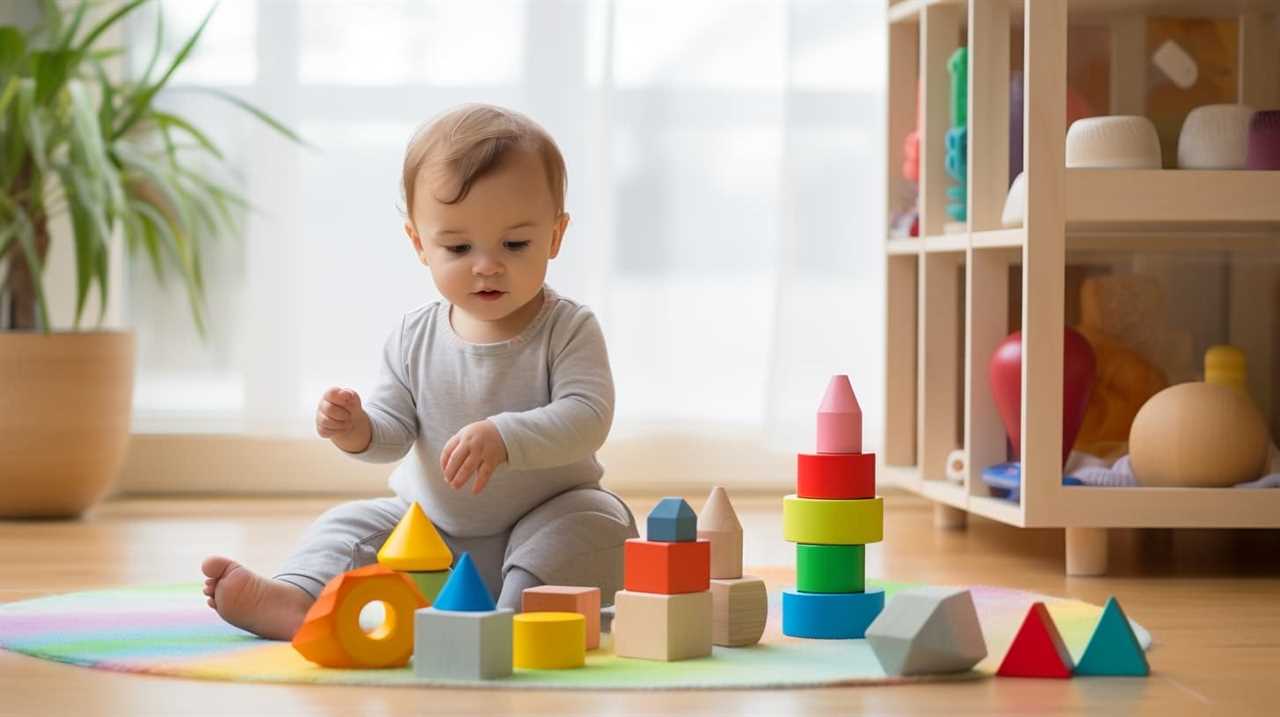
-
Playdough sculpture: Provide your child with playdough and let their creativity run wild. They can mold and shape the playdough to create characters, objects, and scenes from their own stories.
-
Storytelling cards: Use storytelling cards with colorful images to inspire your toddler’s imagination. They can create their own stories based on the pictures and build their narrative skills.
-
Dress-up and role play: Set up a dress-up corner with costumes and props, allowing your child to step into different characters and create their own imaginative stories. This encourages them to explore different perspectives and enhance their storytelling abilities.
Engaging imagination and storytelling through creative toys not only provides endless entertainment but also nurtures important cognitive and social skills in our little ones.
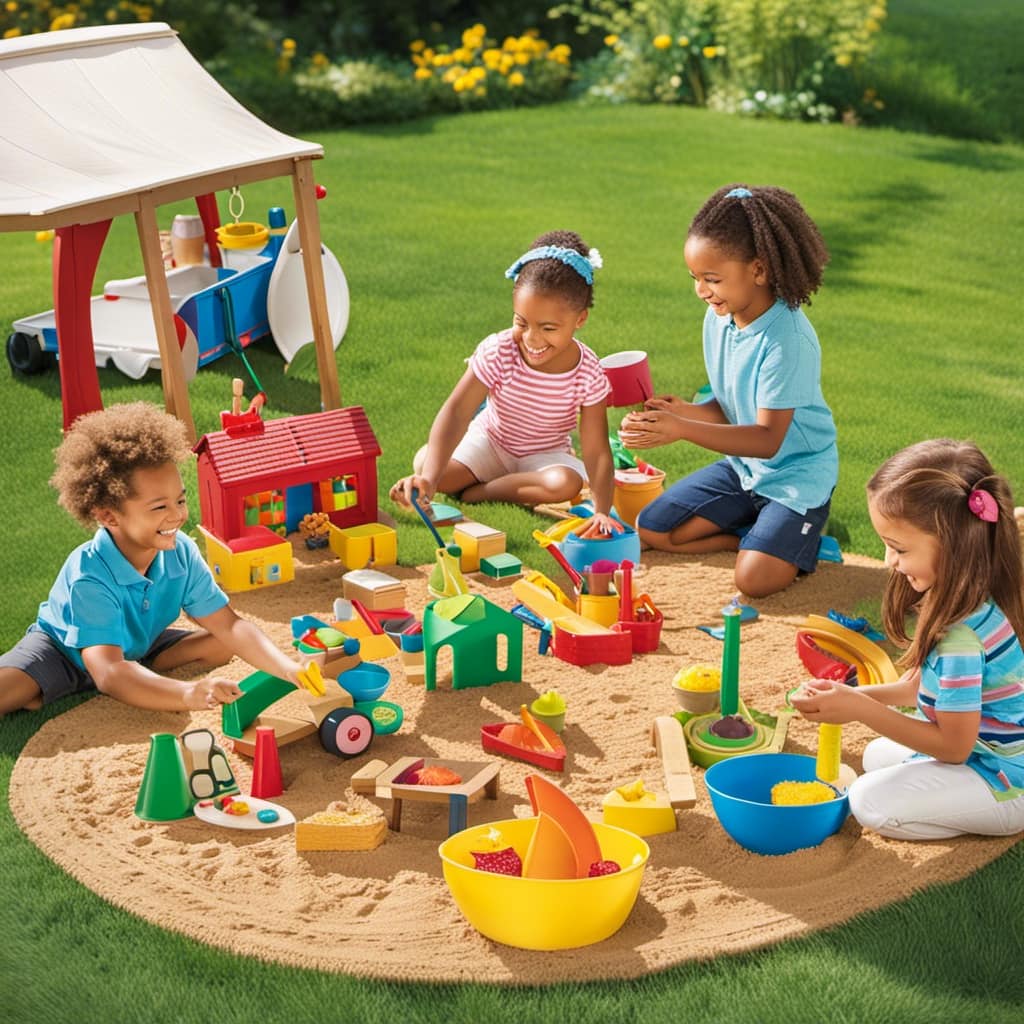
Frequently Asked Questions
How Do Educational Arts and Crafts Toys Benefit a Child’s Overall Development?
Educational arts and crafts toys benefit a child’s overall development by promoting sensory play and encouraging open-ended play. They allow children to explore their creativity, develop fine motor skills, and enhance cognitive abilities.
What Are Some of the Top Craft Kits That Are Specifically Designed for Toddlers?
We’ve compiled a list of the top craft kits for toddlers, because let’s face it, their creativity knows no bounds! These kits not only spark imagination but also promote learning and development. Let’s dive in!
How Can Arts and Crafts Toys Help in Teaching Toddlers About Colors and Shapes?
Arts and crafts toys for sensory development play a crucial role in teaching toddlers about colors and shapes. Through hands-on learning, children can explore different textures, patterns, and materials, enhancing their understanding of these fundamental concepts.
What Are Some Ways in Which Artistic Expression Through Crafts Can Enhance a Child’s Fine Motor Skills?
Fine motor skills development is crucial for toddlers, and artistic expression through crafts is a fantastic way to enhance them. Through sensory exploration, toddlers can improve their hand-eye coordination, finger strength, and dexterity, setting a strong foundation for future learning and creativity.
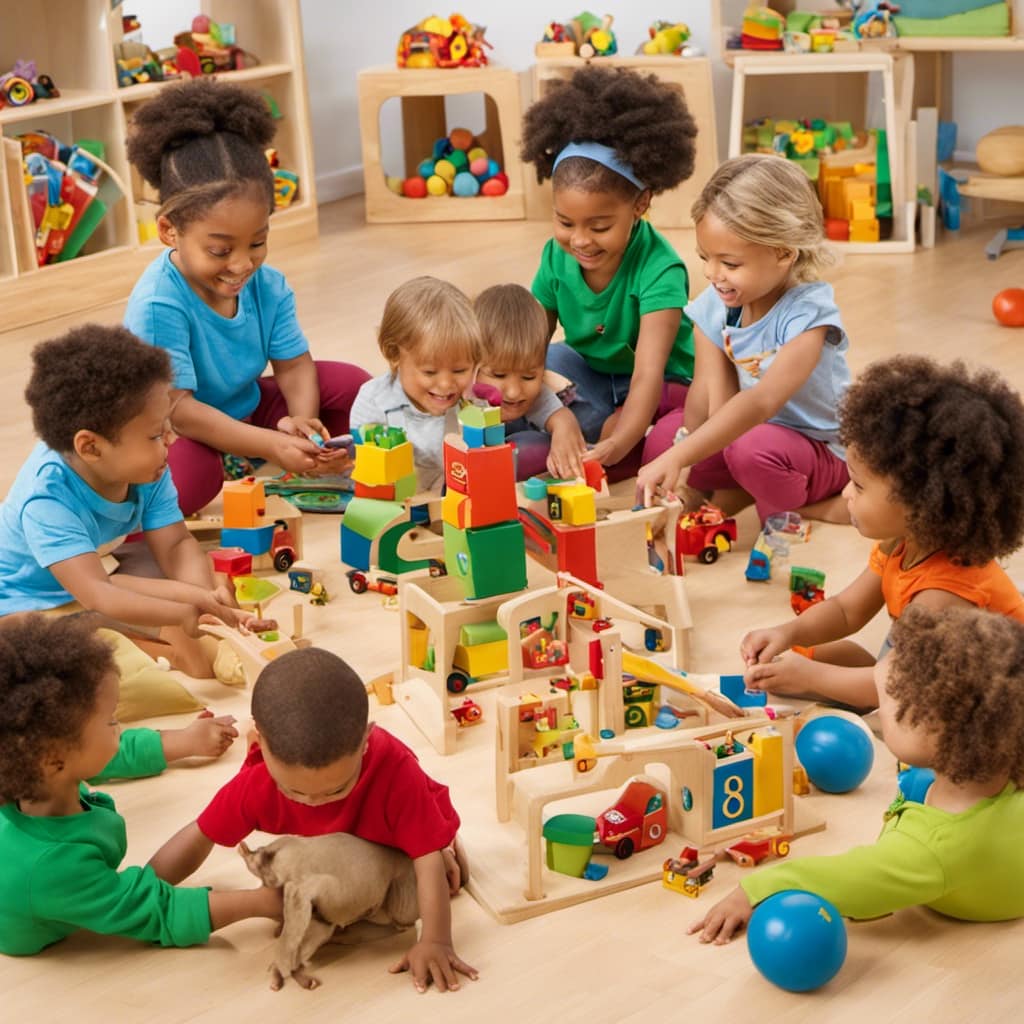
How Do Creative Toys Help in Engaging a Child’s Imagination and Storytelling Abilities?
Creative toys engage a child’s imagination and storytelling abilities by enhancing cognitive development and fostering self-expression through creativity. They provide a platform for endless possibilities, allowing children to explore, create, and share their unique stories with the world.
Conclusion
In conclusion, unleashing a toddler’s creativity through educational arts and crafts toys is a wonderful way to nurture their imagination, enhance their fine motor skills, and encourage storytelling.
These toys not only provide endless entertainment but also help children explore colors, shapes, and express themselves artistically.
So, let’s grab a paintbrush, some colorful paper, and let their imagination soar like a flock of colorful butterflies in a summer breeze.
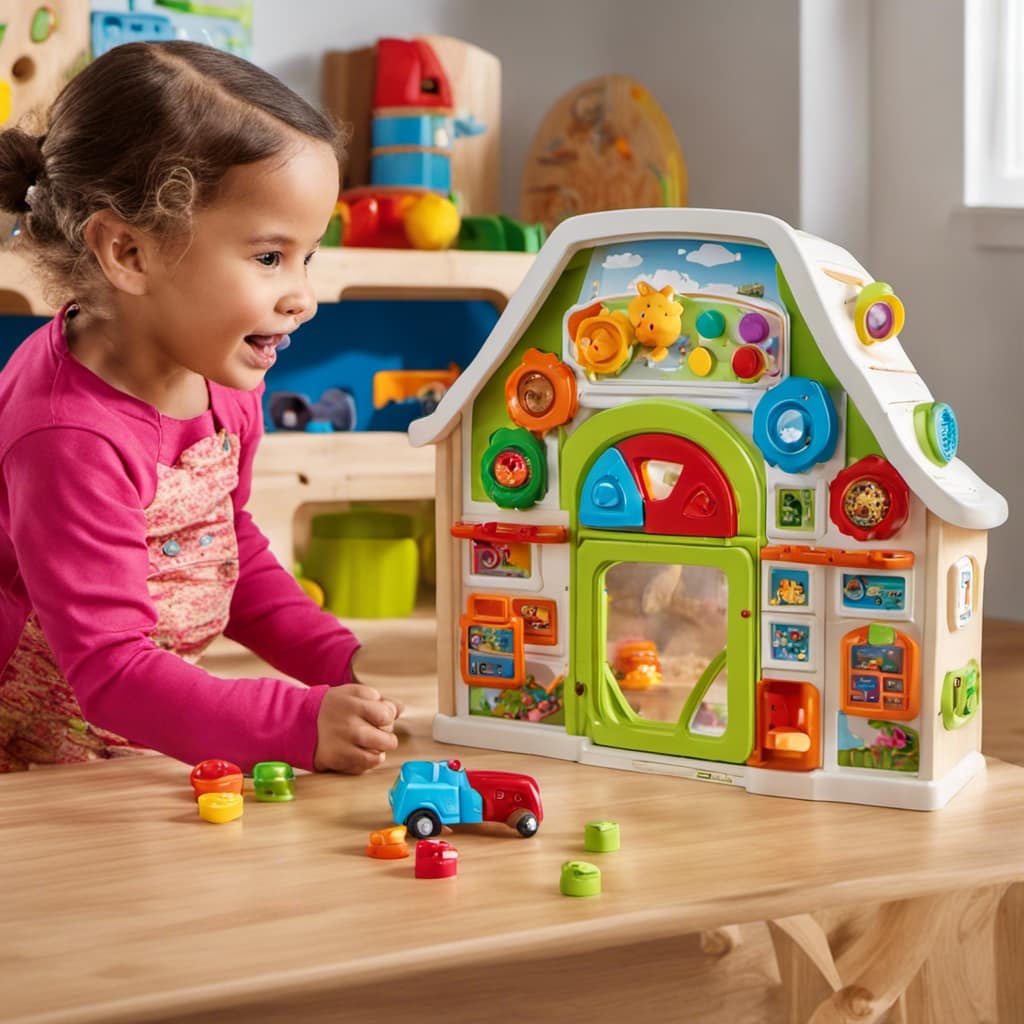
Preschool Toys
What Are Economical Music Toys for Preschoolers?
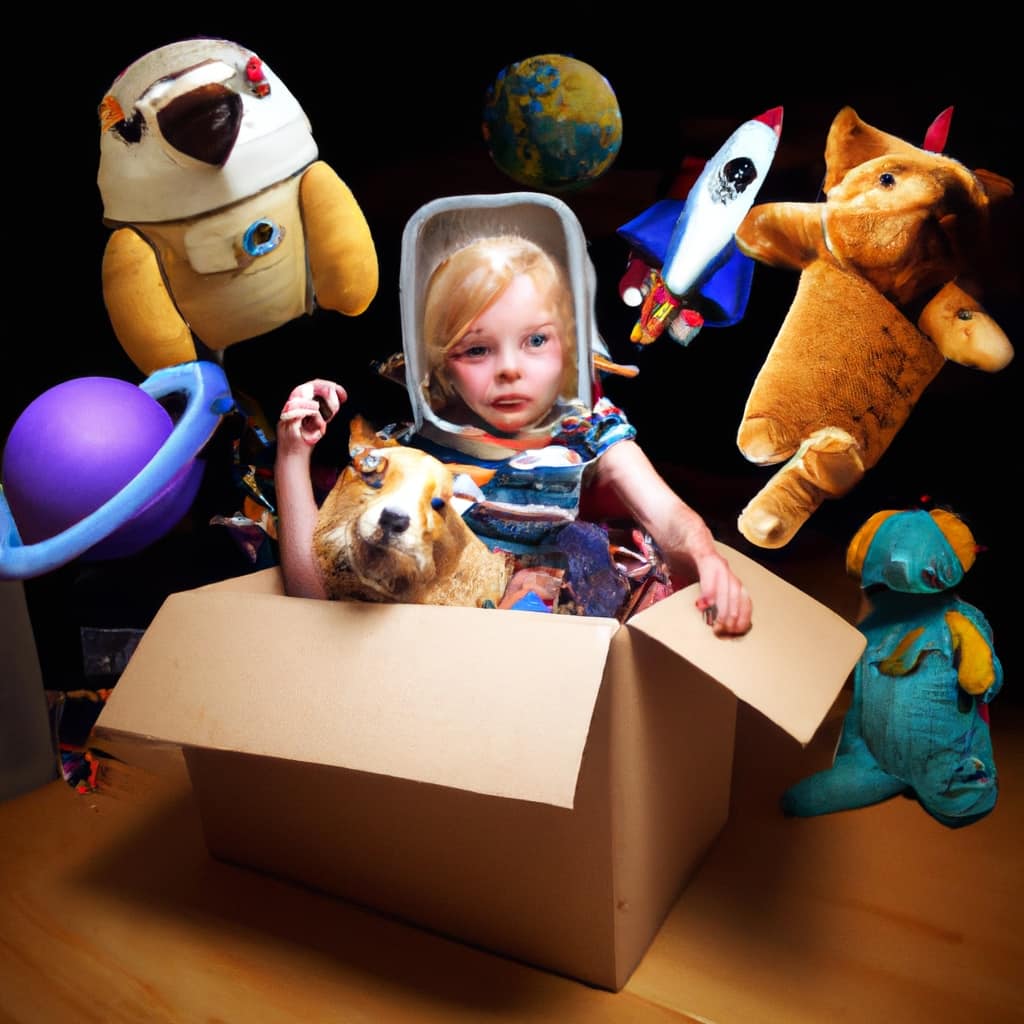
Hello! We’ve got the inside information on some fantastic and affordable musical toys for the kiddos.
If you’re looking to introduce your preschooler to the magical world of music, but don’t want to break the bank, we’ve got you covered.
In this article, we’ll be sharing the top five economical musical instruments that are perfect for preschoolers. Not only will these toys provide endless fun, but they’ll also help enhance cognitive development.
So, let’s dive in and discover the perfect musical toy for your little maestro!
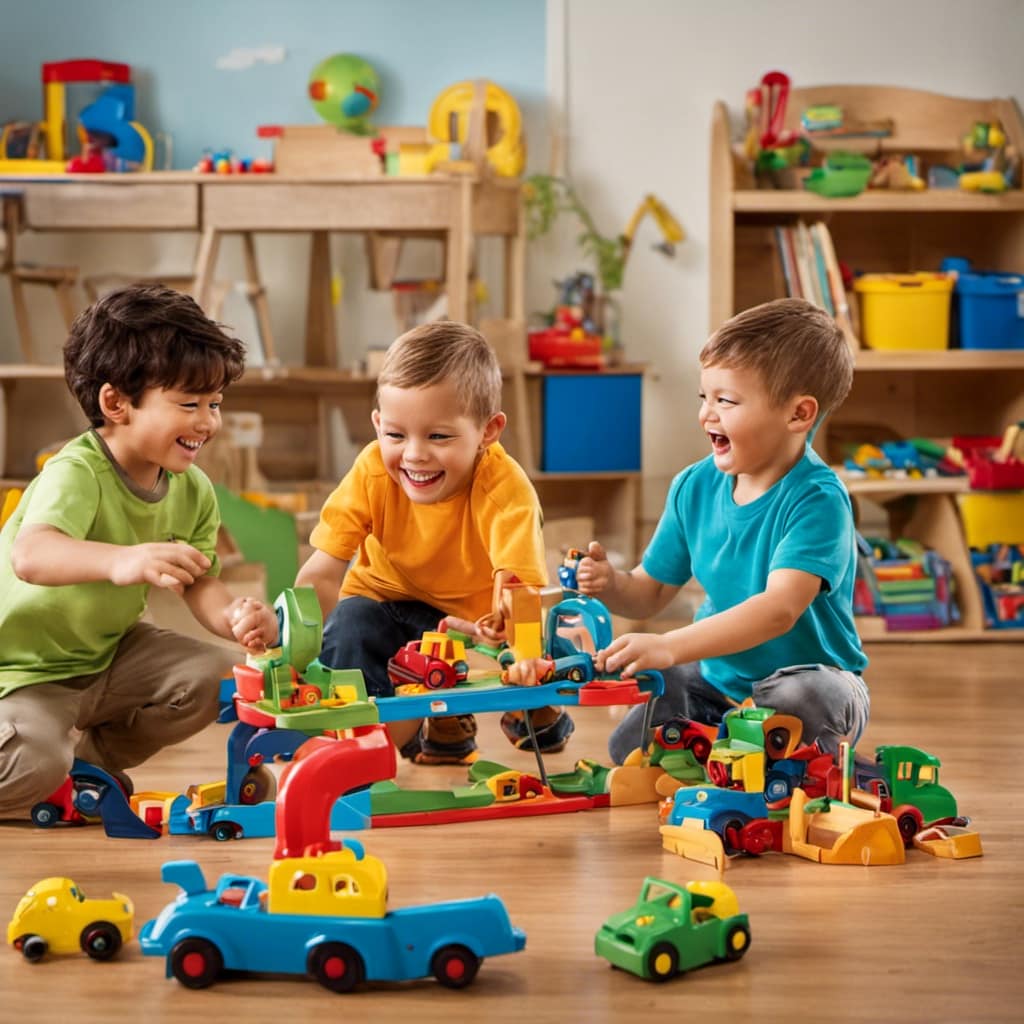
Key Takeaways
- Musical toys for preschoolers provide opportunities for social interaction and the development of important social skills such as sharing and collaborating.
- These toys contribute to the emotional development of preschoolers by allowing them to explore and understand different emotions through music.
- Music toys enhance cognitive development by impacting language development, stimulating auditory processing abilities, fostering social emotional development, and developing collaboration and turn-taking skills.
- When choosing musical toys for preschoolers, it is important to consider age-appropriateness, safety, durability, educational value, variety of sounds, and developmental needs, while also keeping budget in mind.
Benefits of Musical Toys for Preschoolers
We have found several benefits of using musical toys for preschoolers. One of the key advantages is the opportunity for social interaction through music. When children engage with musical toys, they often do so in groups, allowing them to develop important social skills such as sharing, taking turns, and collaborating. Music also provides a common language that helps preschoolers connect and communicate with one another.
Additionally, musical toys can contribute to emotional development in preschoolers. Music has the power to evoke and express various emotions, and through playing with musical toys, children can explore and understand their own feelings. They can also learn to identify different emotions by listening to different types of music and understanding how it makes them feel. This emotional exploration and understanding can promote self-awareness and empathy in young children.
Top 5 Affordable Musical Instruments for Preschoolers
As we continue our exploration of the benefits of musical toys for preschoolers, let’s now shift our focus to the top 5 affordable musical instruments suitable for young children.
If you’re on a budget but still want to introduce your child to the world of music, here are three budget-friendly options to consider:
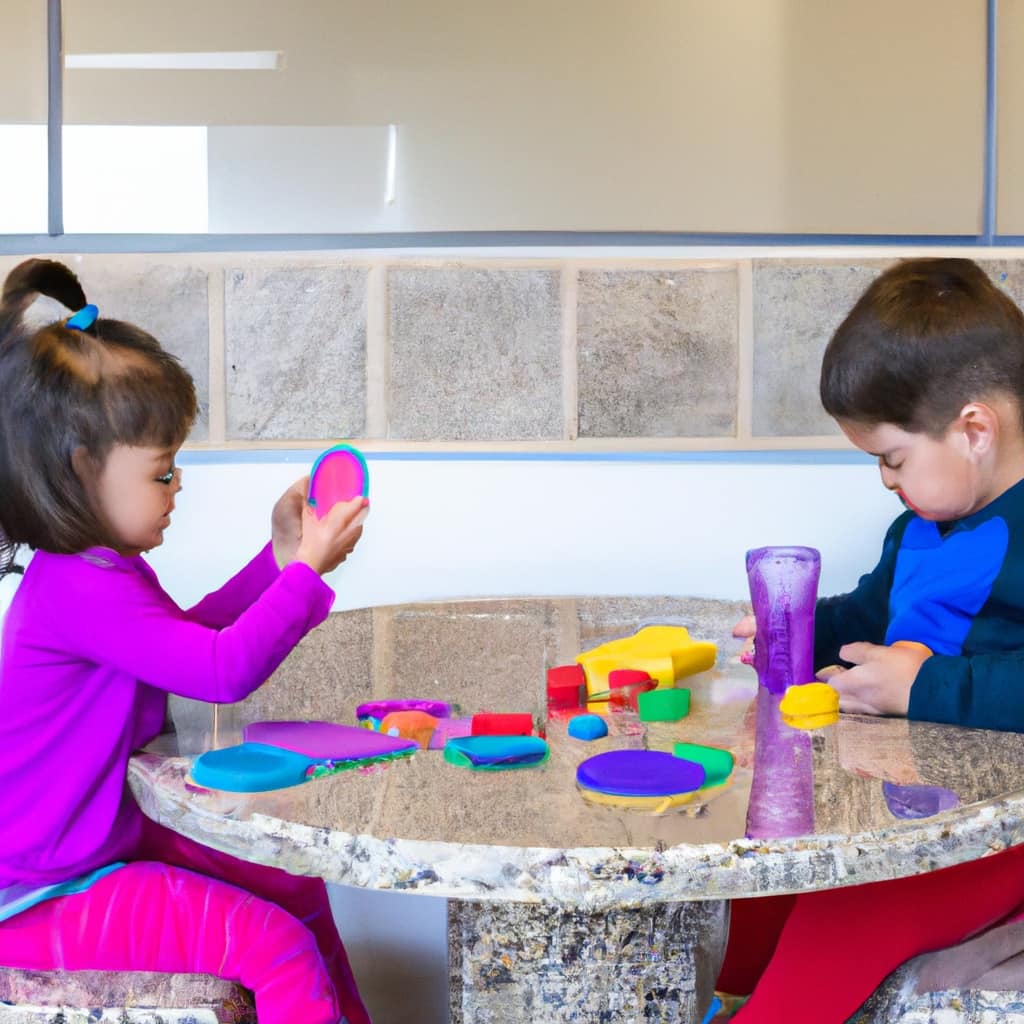
-
Mini Keyboard: A mini keyboard is a great choice for introducing your child to different sounds and melodies. It’s compact, easy to use, and usually comes with pre-recorded songs to help your child learn and play along.
-
Xylophone: A xylophone is a classic instrument that’s perfect for young children. It’s colorful, durable, and allows your child to experiment with different tones and rhythms.
-
Drum Set: A small drum set is a fun and interactive musical instrument for toddlers. It helps develop hand-eye coordination and rhythm skills while providing hours of entertainment.
These musical instruments for young children on a budget won’t only introduce your child to the world of music but also help foster their creativity and love for music.
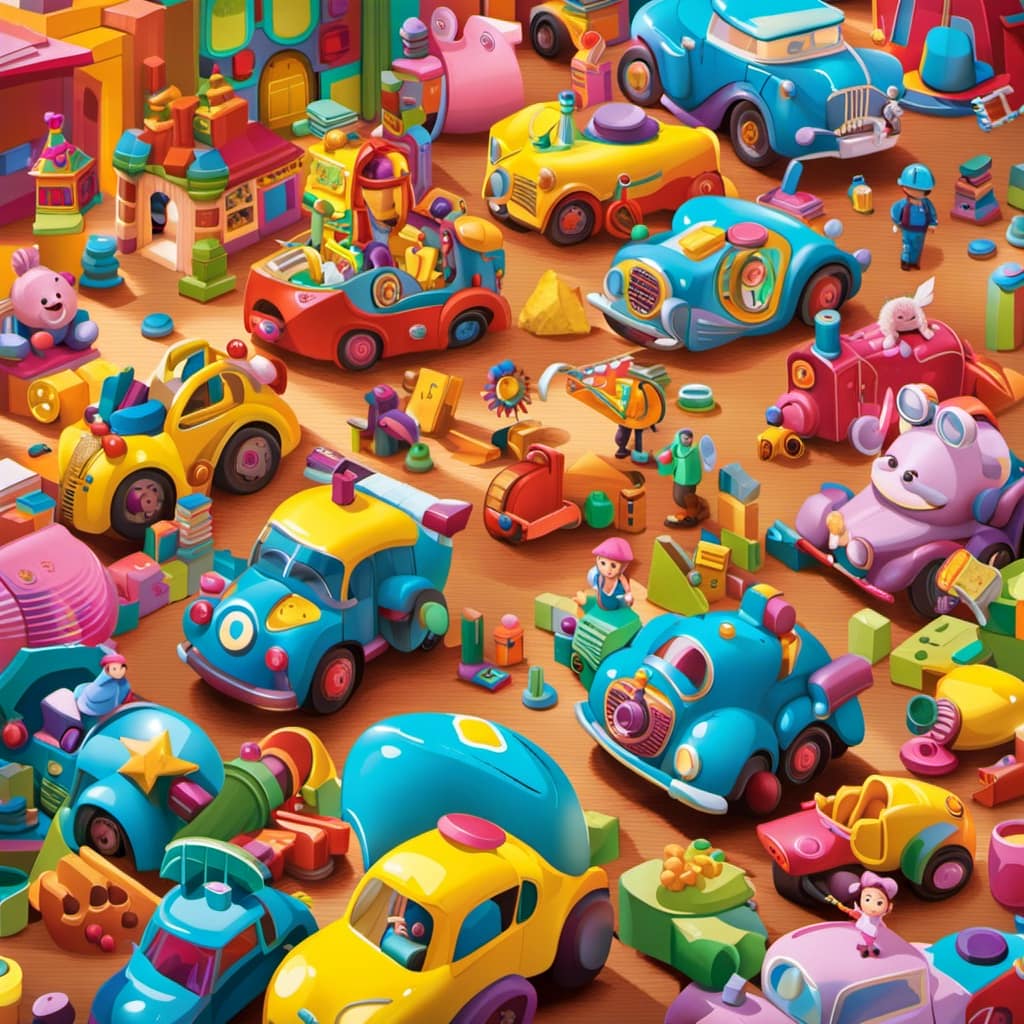
How Musical Toys Enhance Cognitive Development
Musical toys play a crucial role in boosting cognitive development in preschoolers. The impact of music on language development is profound, as it helps children develop their communication skills. Through exposure to different rhythms, melodies, and lyrics, kids learn to recognize patterns, understand the meaning of words, and improve their vocabulary. Music also stimulates the brain’s auditory processing abilities, which are crucial for language comprehension.
The role of music in social emotional development is equally significant. It provides a means for self-expression, allowing children to convey their emotions and experiences. By engaging in musical activities with others, preschoolers learn to collaborate, take turns, and develop empathy. This fosters their social skills and enhances their ability to connect with others on an emotional level.
Here is a table showcasing the various ways musical toys enhance cognitive development in preschoolers:
| Cognitive Development | Impact of Music |
|---|---|
| Language Development | Vocabulary expansion, pattern recognition, auditory processing |
| Social Emotional Development | Self-expression, collaboration, empathy development |
Choosing the Right Musical Toys for Preschoolers
To choose the right musical toys for preschoolers, we can consider their developmental needs and our budget. Musical toys for infants play a crucial role in their early childhood development.
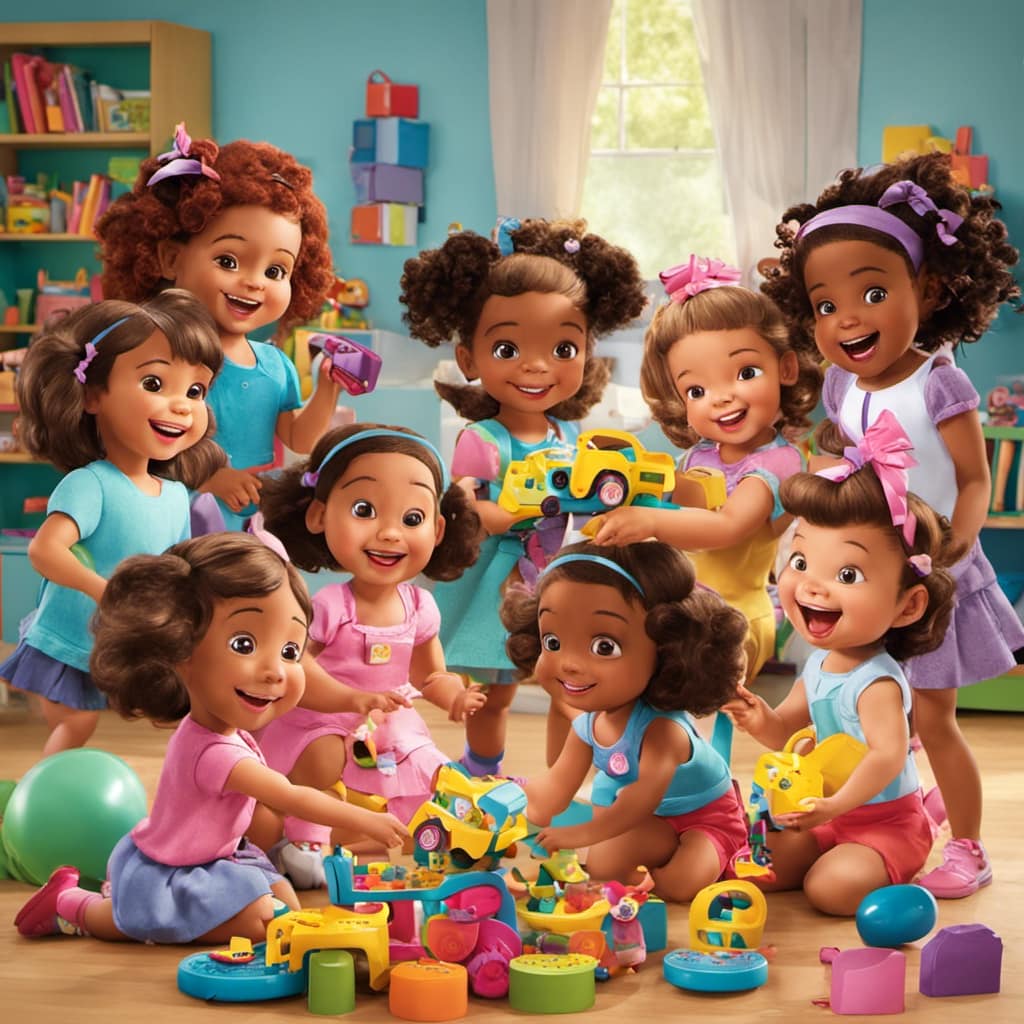
Here are three factors to consider when choosing the right musical toys for your preschoolers:
-
Age-appropriate: Look for toys that are designed specifically for preschoolers. These toys should be safe, durable, and easy for little hands to handle.
-
Educational value: Consider toys that not only entertain but also promote learning. Look for musical toys that introduce basic concepts like colors, shapes, numbers, and letters.
-
Variety of sounds: Opt for toys that produce a range of sounds, such as different musical notes or animal sounds. This helps stimulate auditory development and expands their musical repertoire.
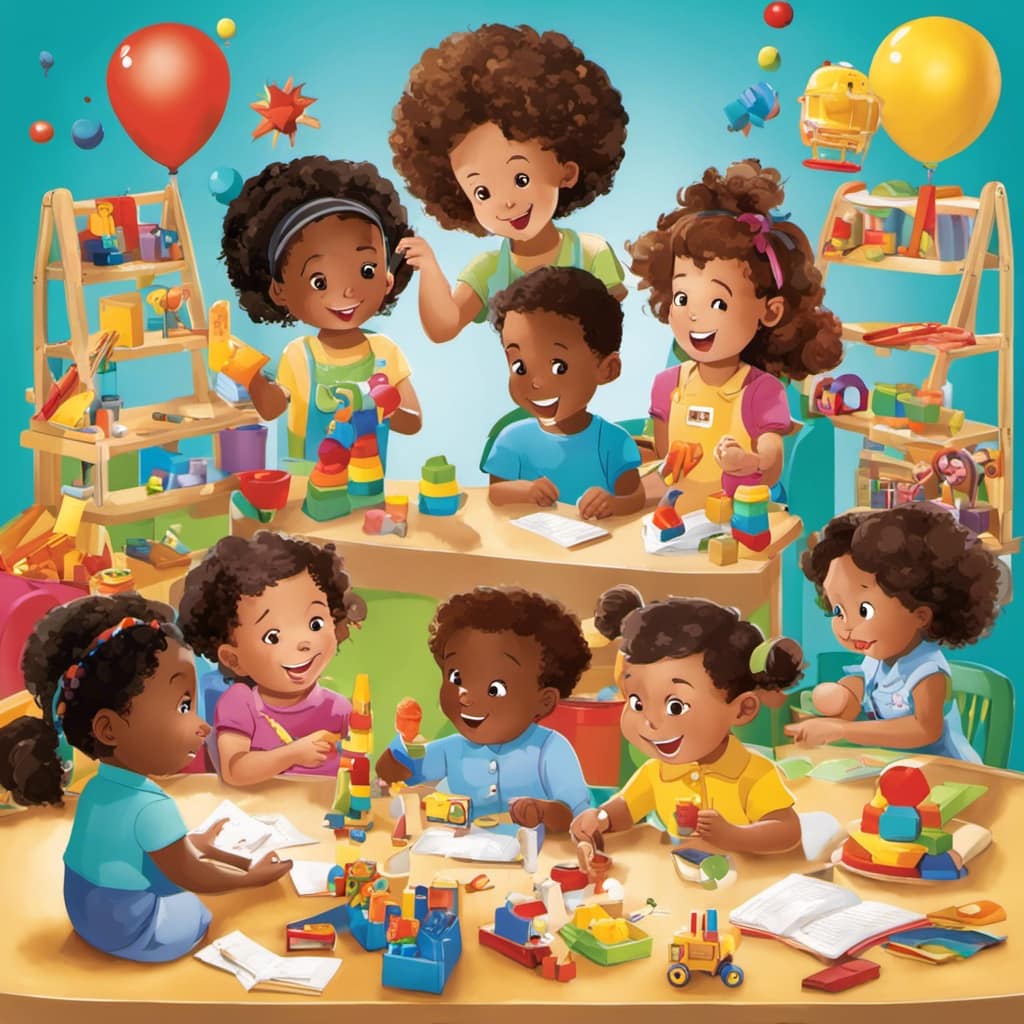
Fun and Educational Musical Toys for Preschoolers
We love finding fun and educational musical toys for preschoolers that won’t break the bank. Musical toys for infants are a great way to introduce them to the world of music and foster their cognitive and sensory development. Incorporating music in early childhood education has been shown to enhance language skills, creativity, and social interaction.
One affordable option is the xylophone, which helps children develop hand-eye coordination and musical skills.
Another great choice is the musical instrument set, which includes a variety of instruments like maracas, tambourines, and bells, allowing children to explore different sounds and rhythms.
Additionally, interactive toys like the musical alphabet board or the musical mat encourage letter recognition and physical activity while learning about music.

These toys not only provide hours of entertainment but also promote learning and growth in a fun and engaging way.
Frequently Asked Questions
Are There Any Risks Associated With Using Musical Toys for Preschoolers?
Using musical toys for preschoolers can have both risks and benefits. It is important to consider the potential hazards, such as small parts or loud sounds, but also the positive impact on their cognitive development and creativity.
How Can Musical Toys Help in Developing Social Skills in Preschoolers?
Using musical toys in preschool education has numerous benefits. They aid in cognitive development and help develop social skills. Music is a powerful tool for learning and engaging with others, making it an important aspect of a child’s education.
Can Musical Toys Be Used as a Therapeutic Tool for Preschoolers With Special Needs?
Music therapy benefits for preschoolers with special needs are numerous. Incorporating musical toys into therapy sessions can enhance their cognitive, emotional, and social development. It provides a fun and engaging way for them to express themselves and develop important skills.
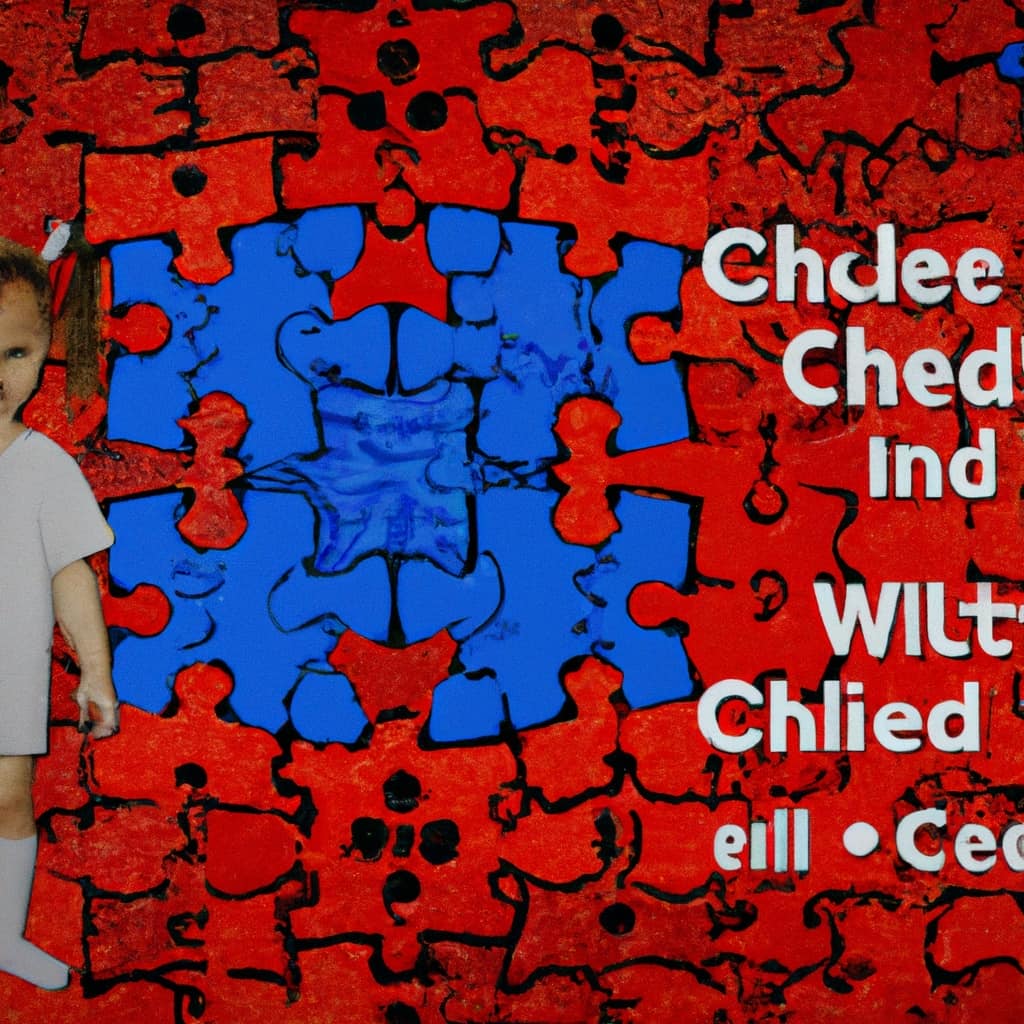
What Are Some DIY Musical Toys That Can Be Made at Home for Preschoolers?
DIY musical instruments for preschoolers are a great way to save money while fostering their development. Music plays a crucial role in early childhood development, enhancing cognitive skills, creativity, and social interactions.
Are There Any Specific Safety Guidelines to Consider When Choosing Musical Toys for Preschoolers?
When choosing musical toys for preschoolers, it’s important to consider safety guidelines and age recommendations. We want to ensure that the toys are safe and appropriate for their development and enjoyment.
Conclusion
In conclusion, introducing economical music toys to preschoolers not only provides them with entertainment and fun, but also enhances their cognitive development.
By engaging in musical activities, children can improve their language skills, coordination, and creativity.

Additionally, these affordable musical instruments offer a valuable opportunity for children to explore different sounds and rhythms, fostering their love for music from an early age.
So, let’s bring the joy of music into the lives of our little ones and watch them flourish!
-

 Child Development1 week ago
Child Development1 week agoEgocentrism: Understanding a Child’s Perspective
-
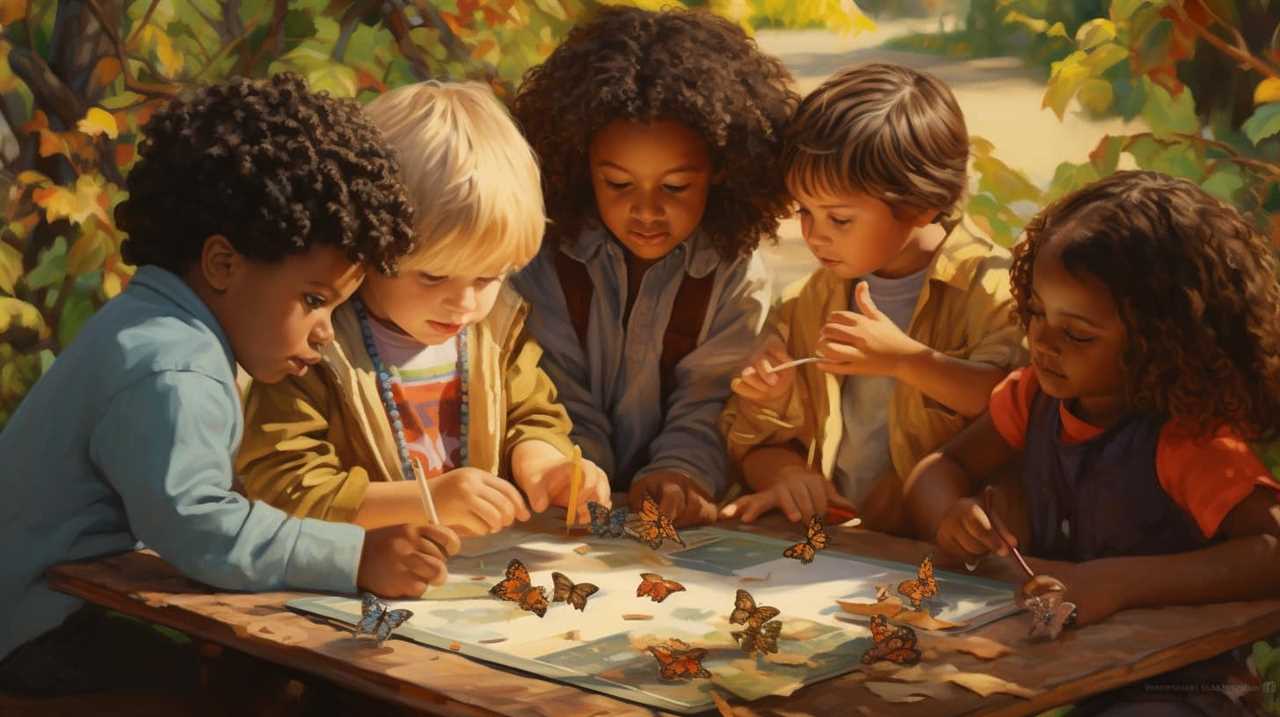
 Child Development2 months ago
Child Development2 months agoThe Benefits of Dramatic Play in Child Development
-
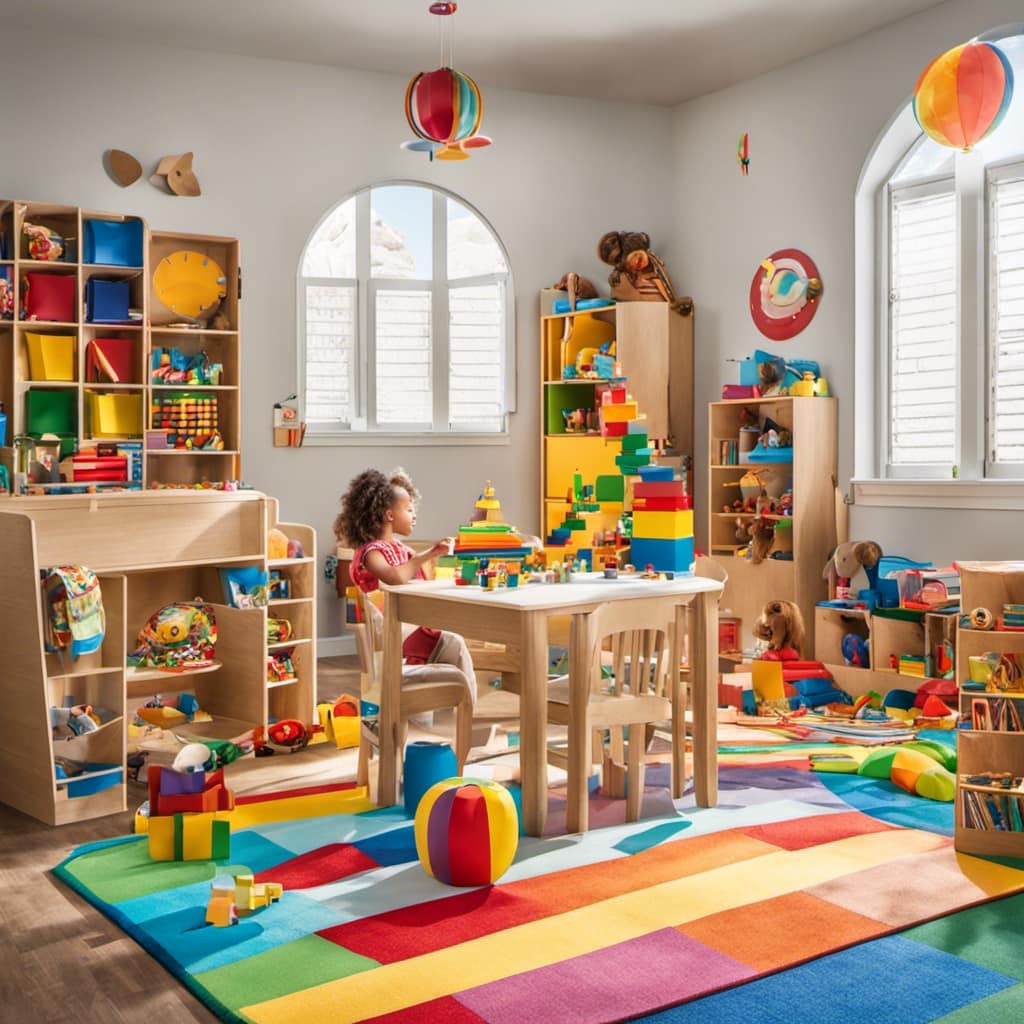
 Child Development2 weeks ago
Child Development2 weeks agoThe Importance of Socialization in Child Development
-
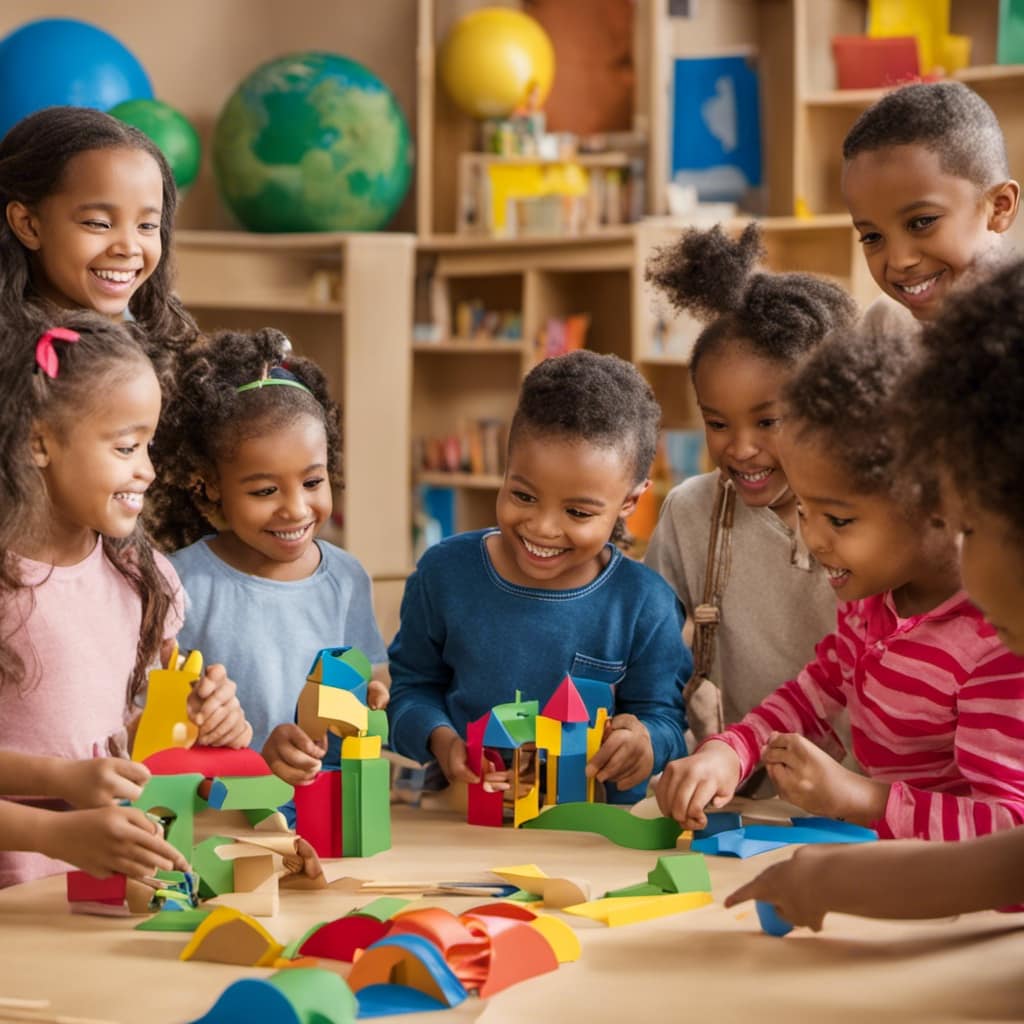
 Child Development2 months ago
Child Development2 months agoSensory Play: Boosting Brain Development and Learning
-
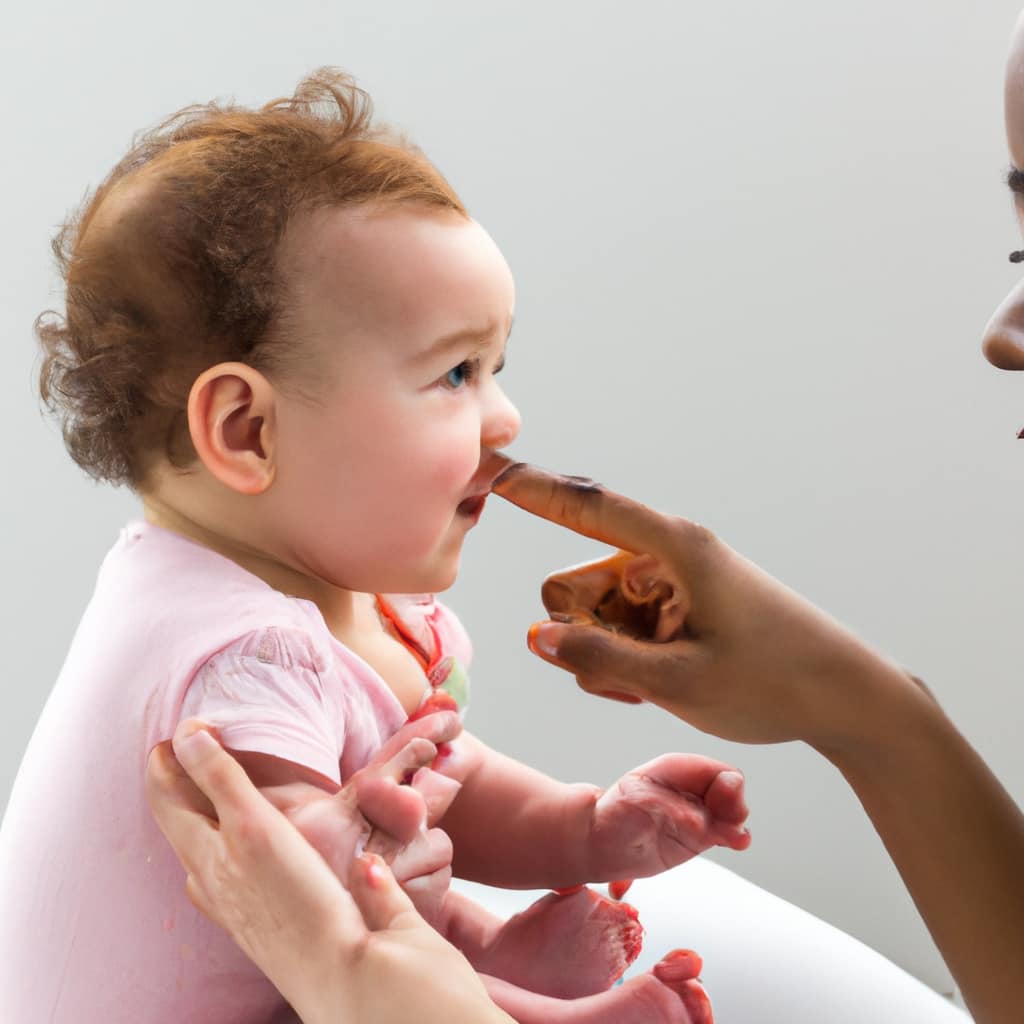
 Child Development1 week ago
Child Development1 week agoThe Role of PIES in Toddler Development: Enhancing Growth and Skills
-

 Child Development2 months ago
Child Development2 months agoSymbolic Thinking: A Key Milestone in Cognitive Development
-
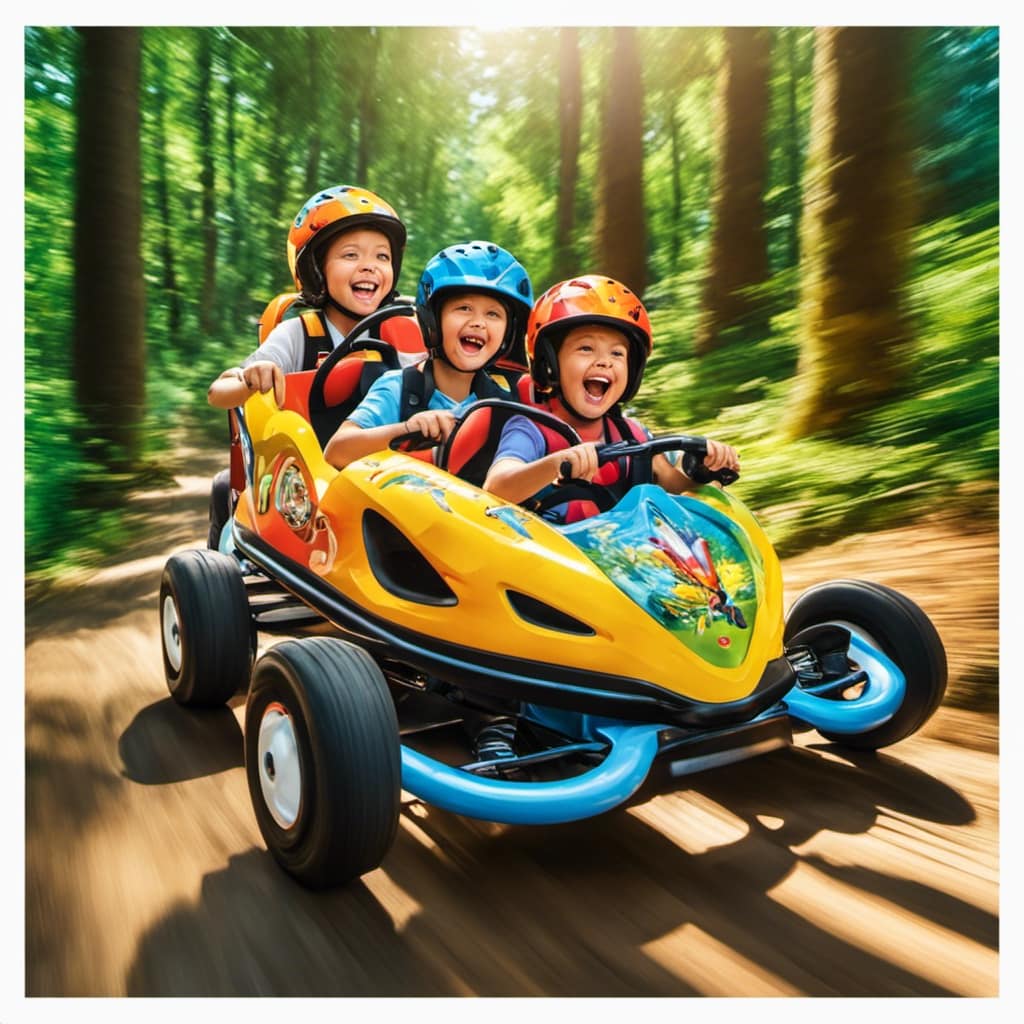
 Child Development2 weeks ago
Child Development2 weeks agoThe PIES Model: A Holistic Approach to Child Development
-
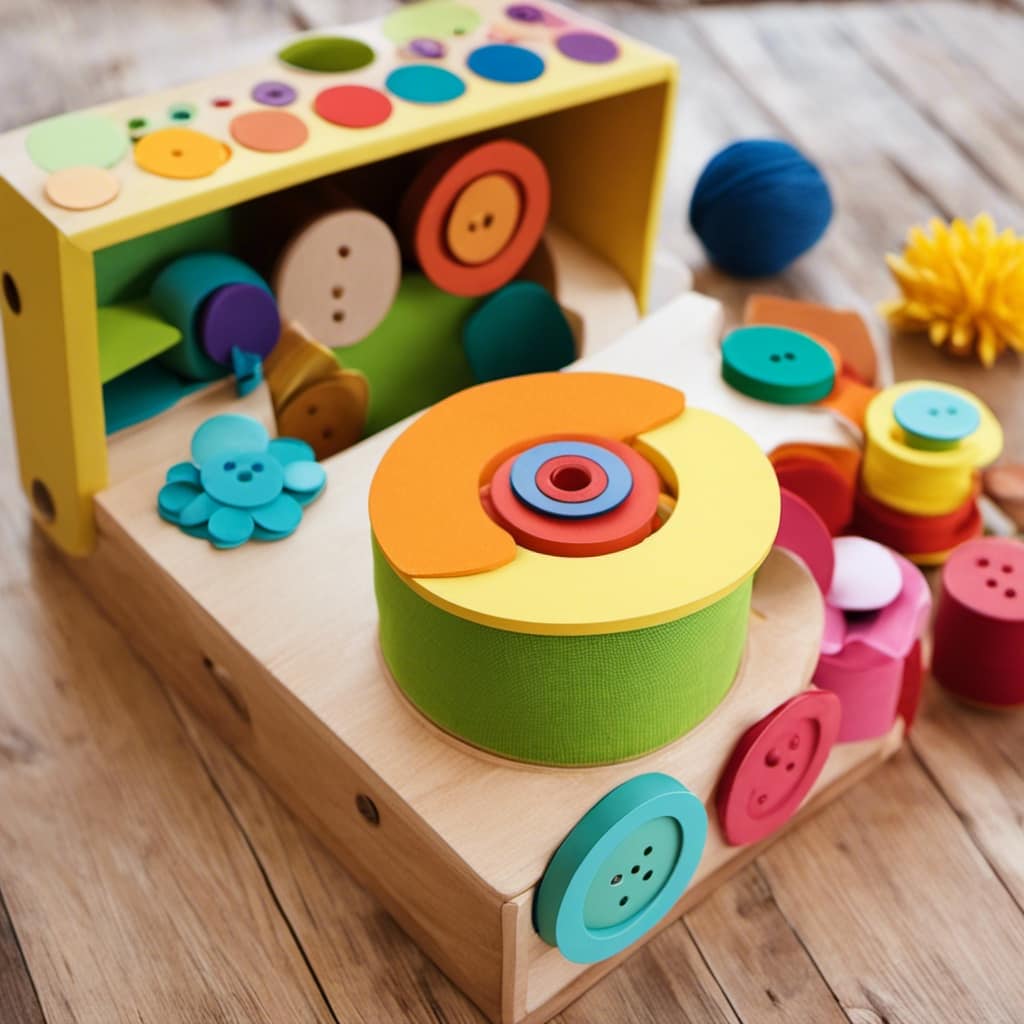
 Child Development2 weeks ago
Child Development2 weeks agoThe Power of Cooperative Play in Child Development
